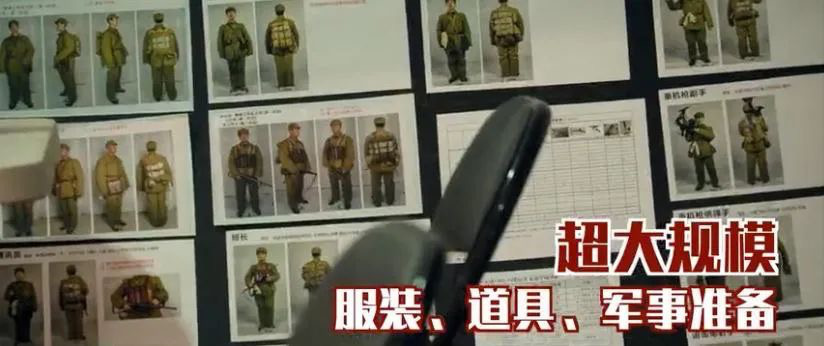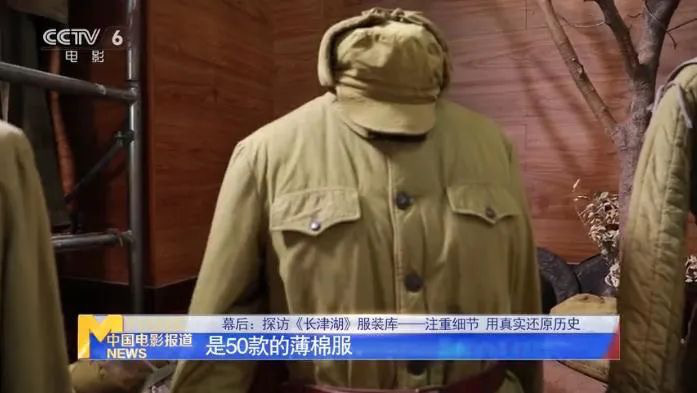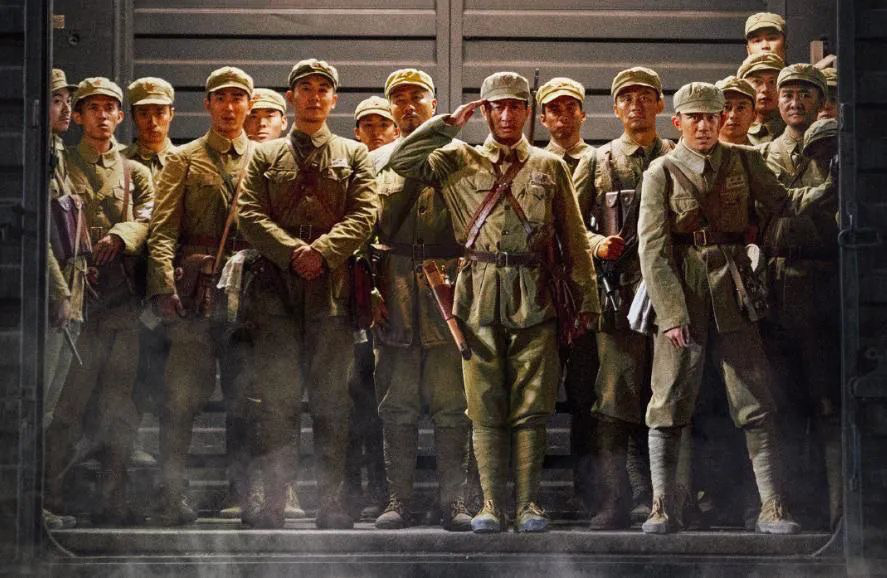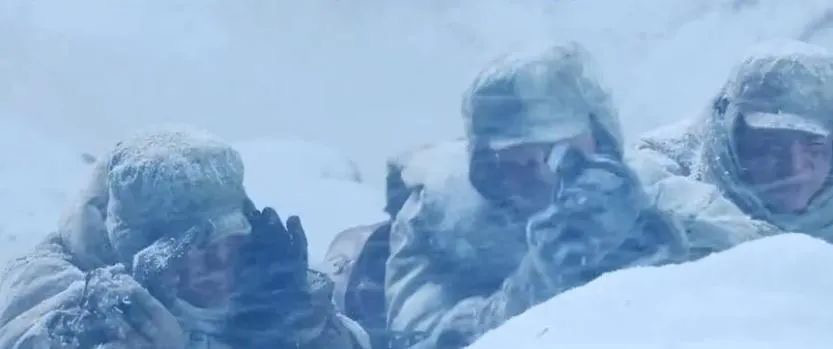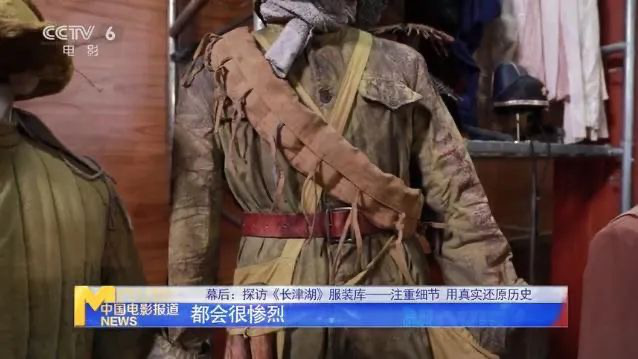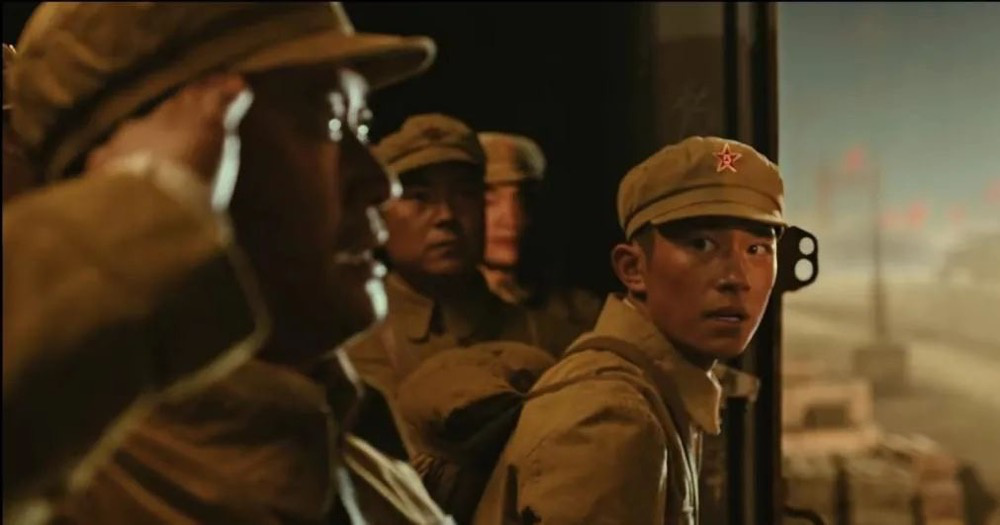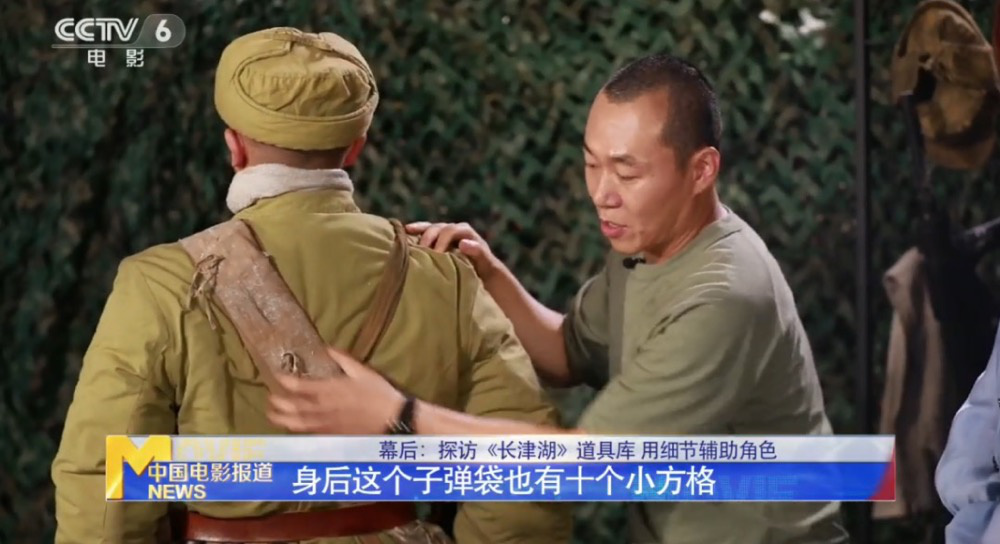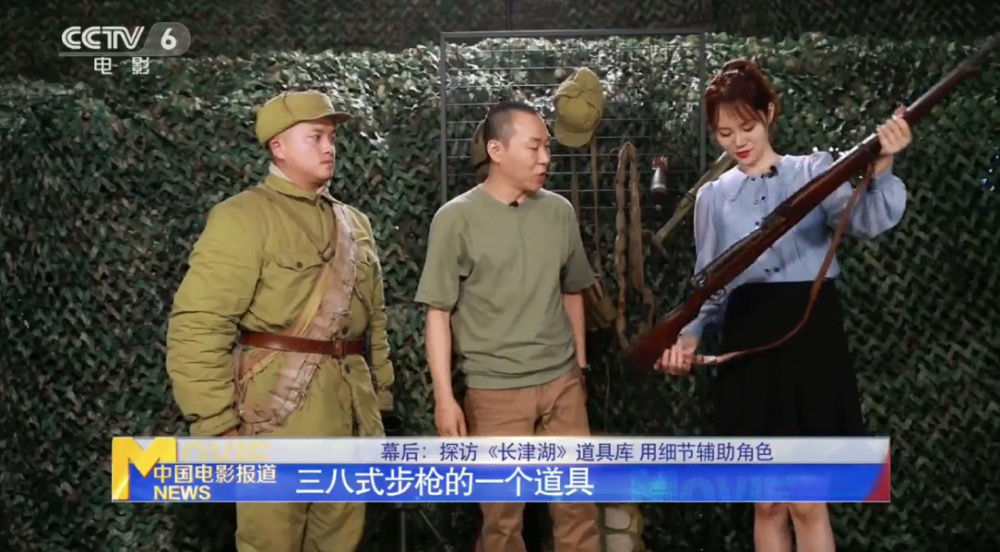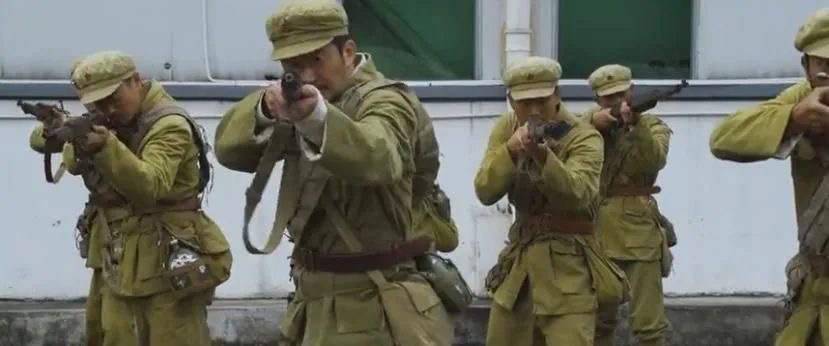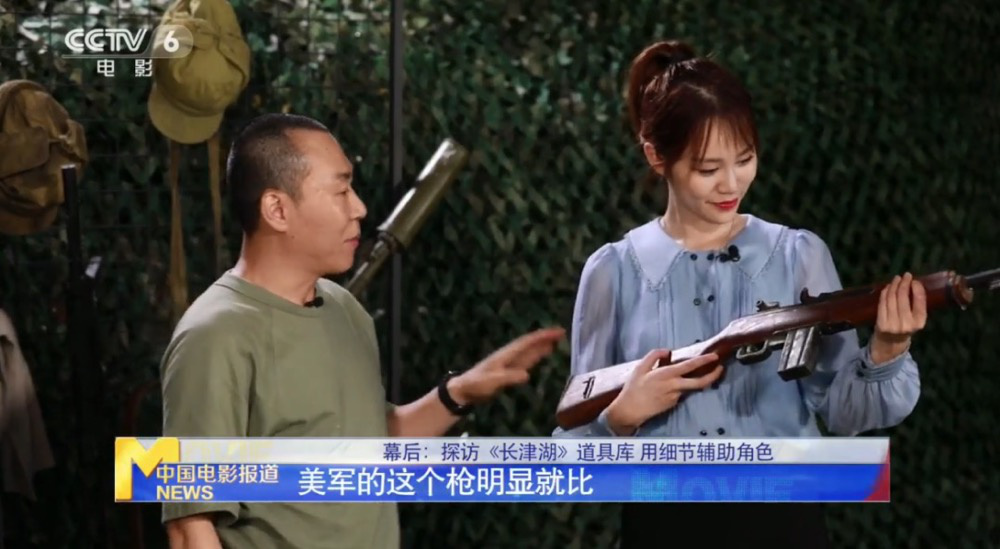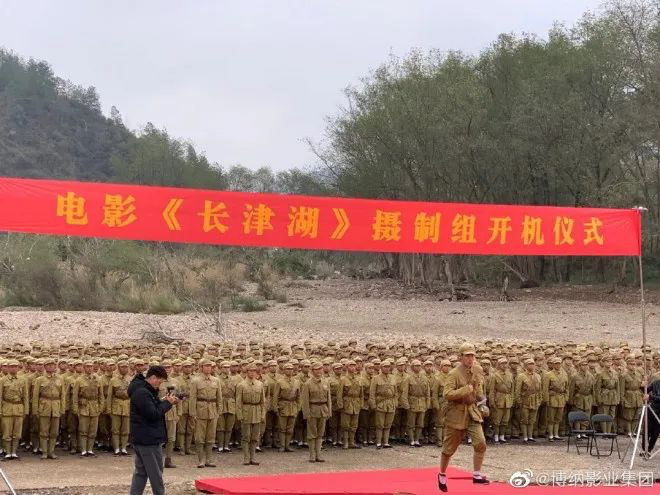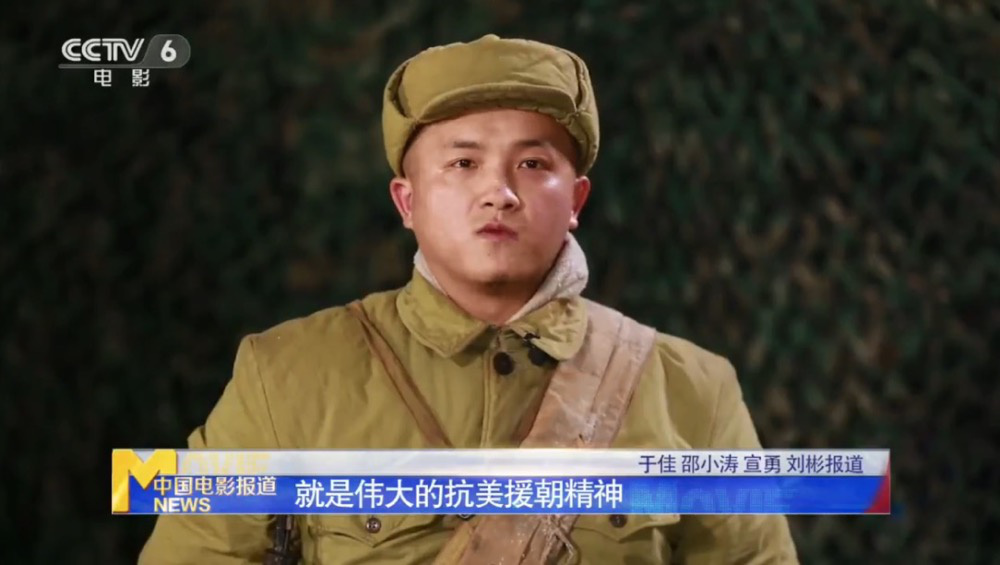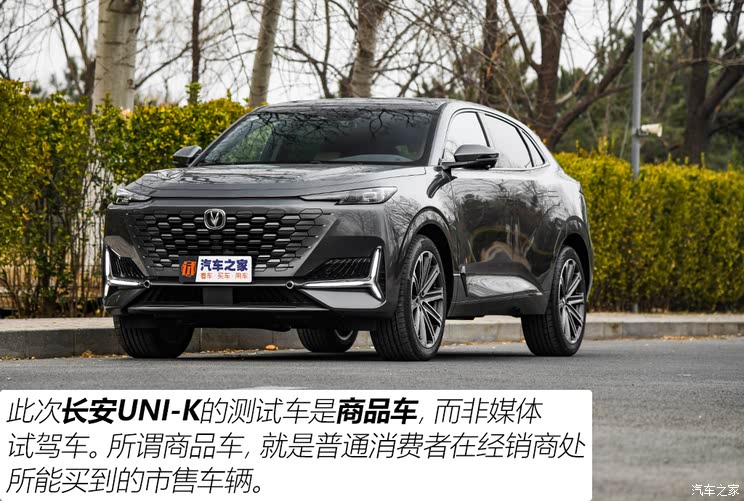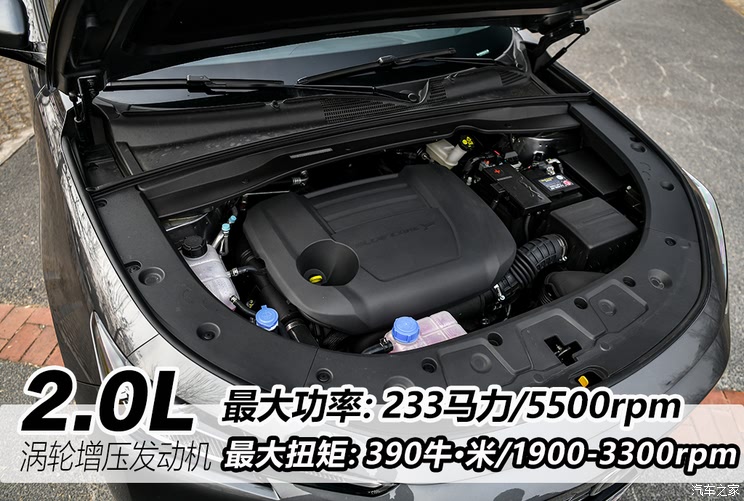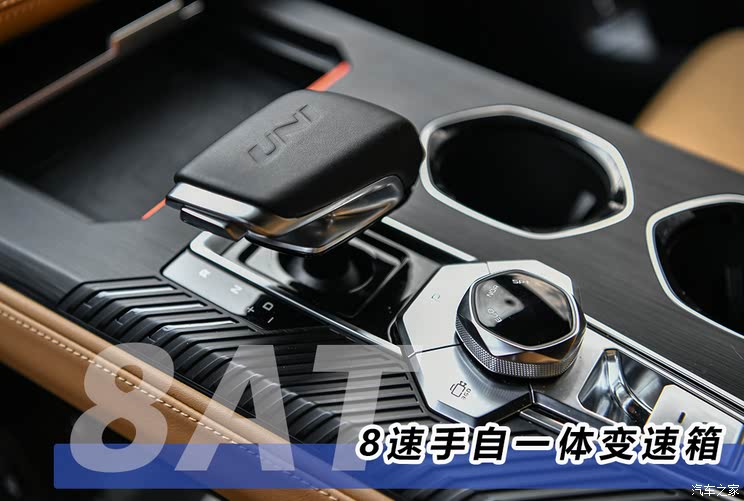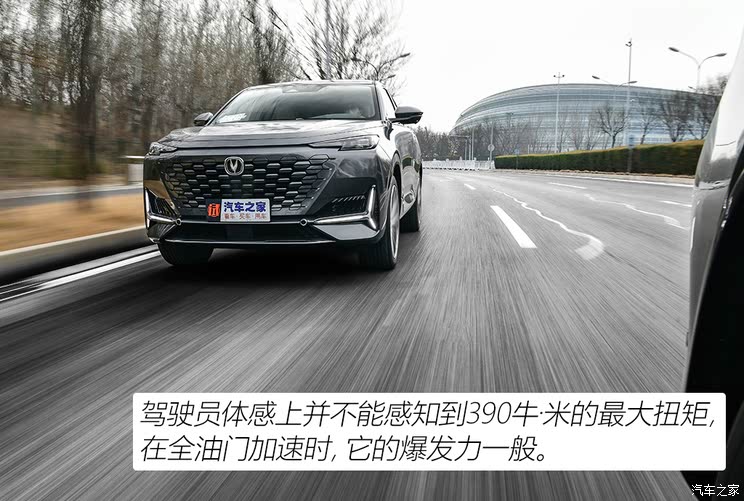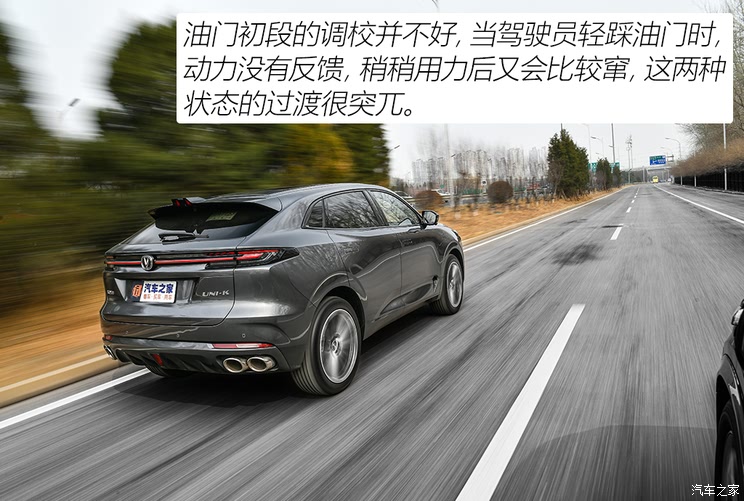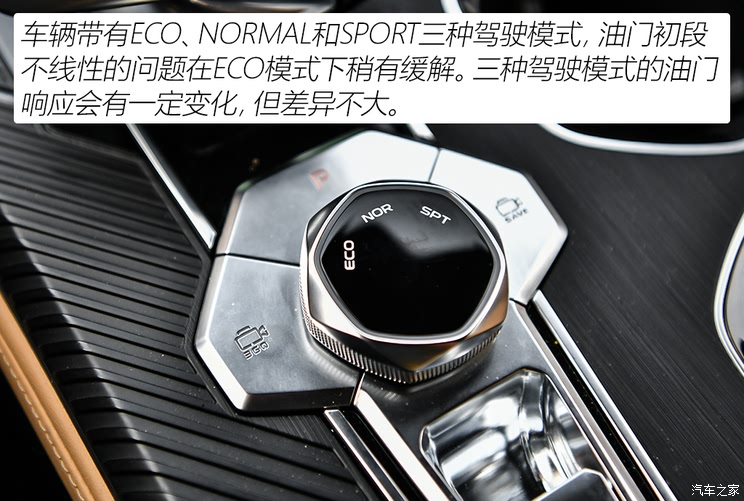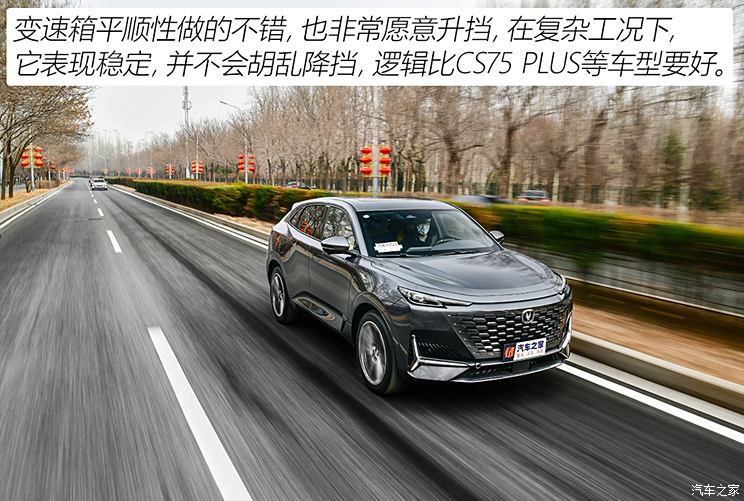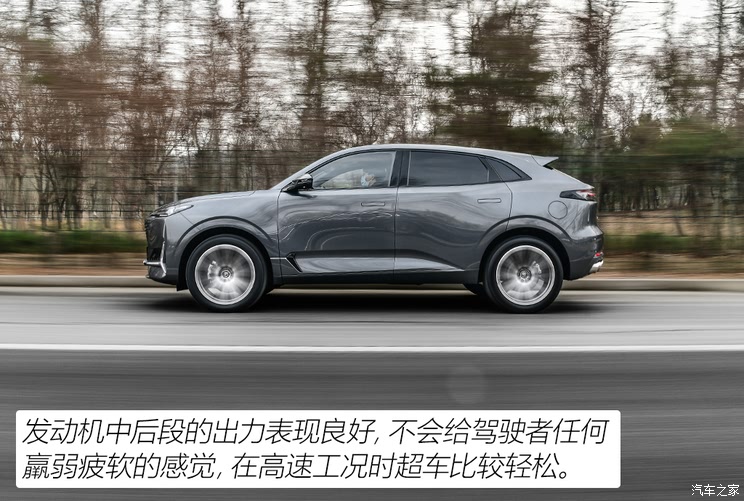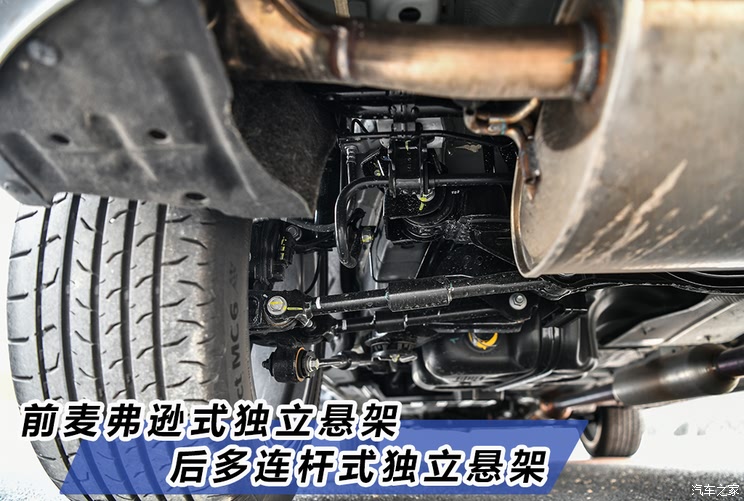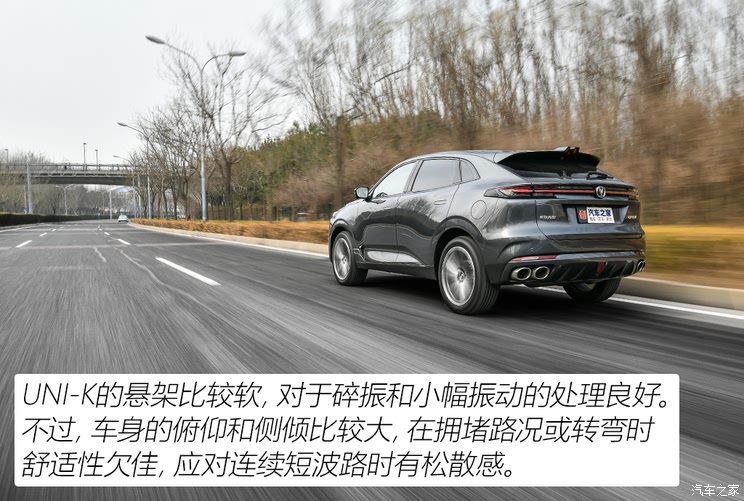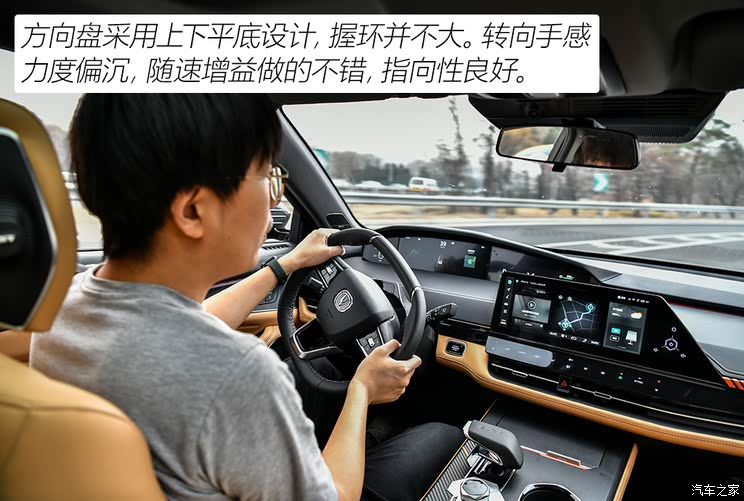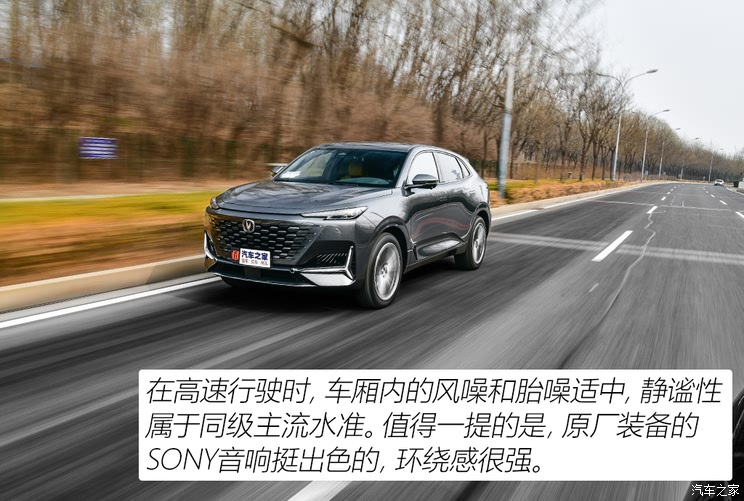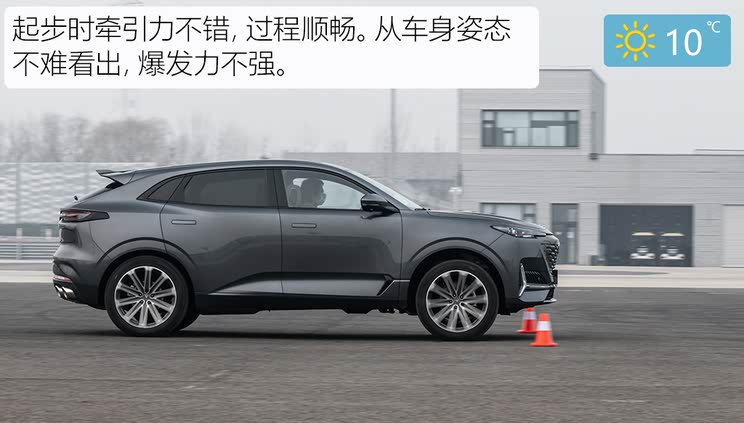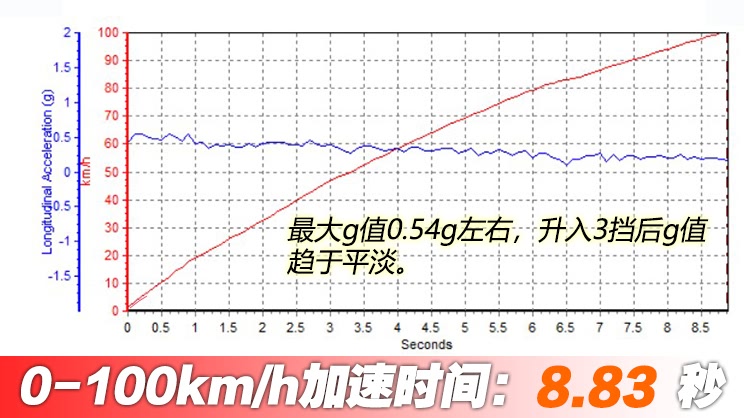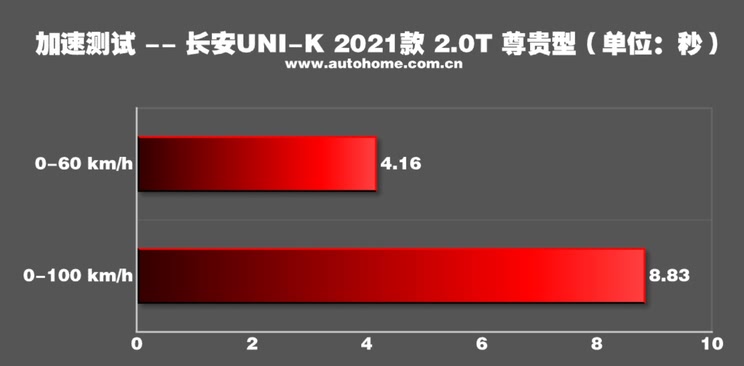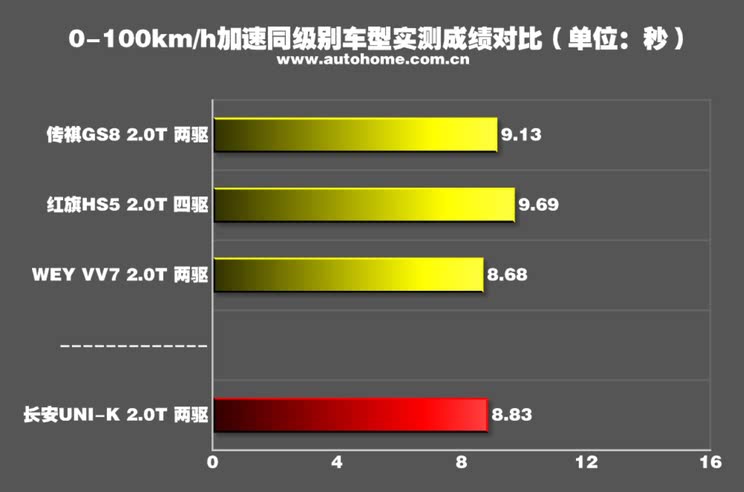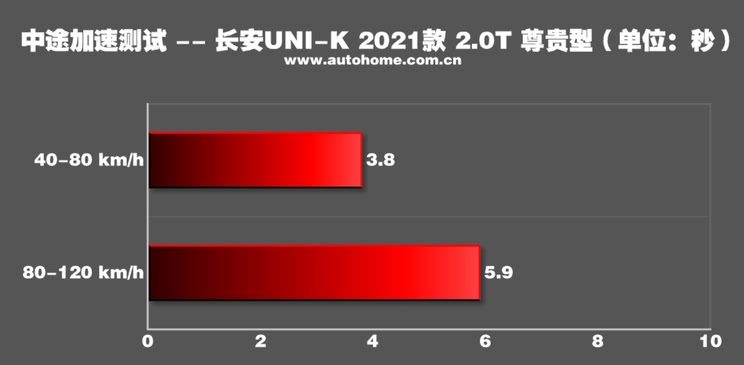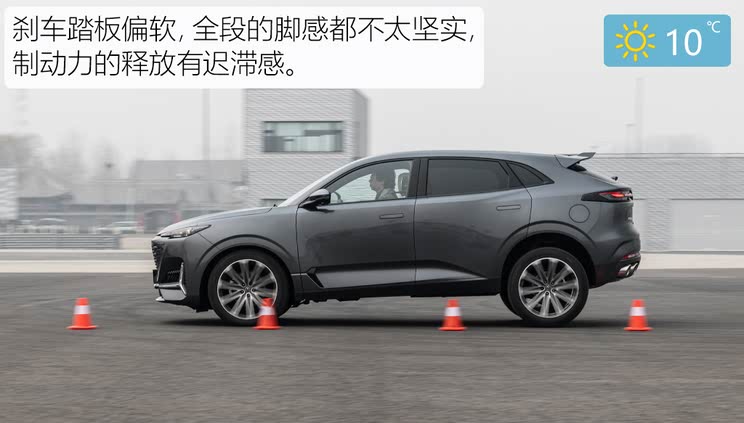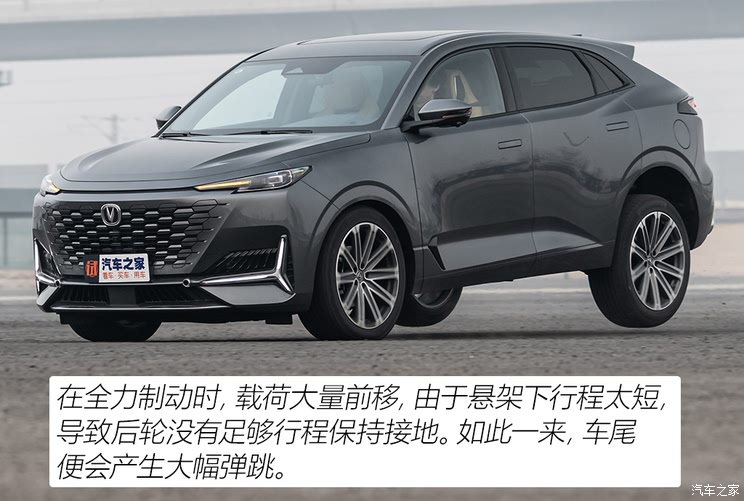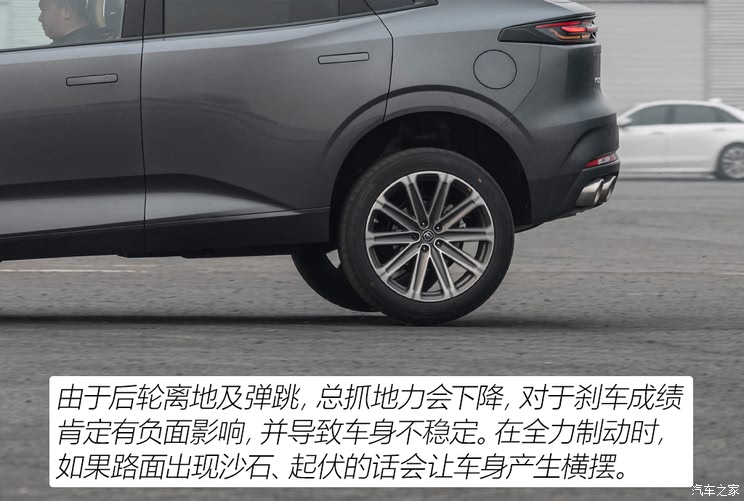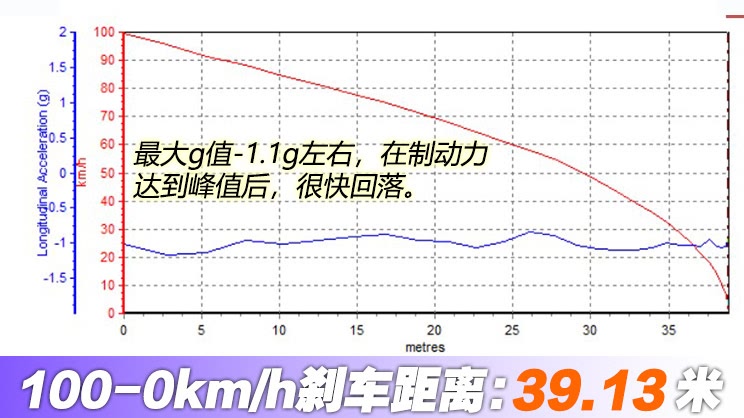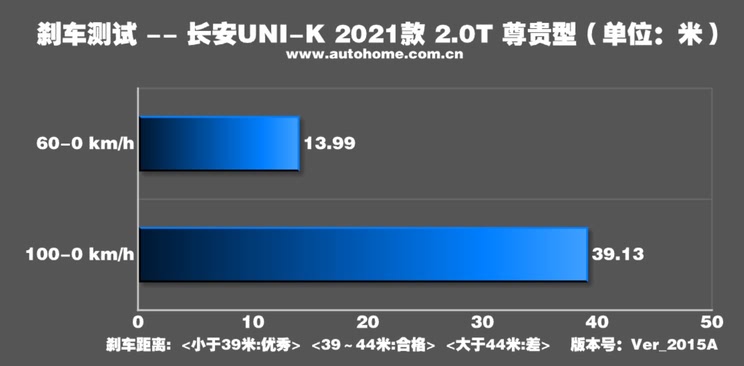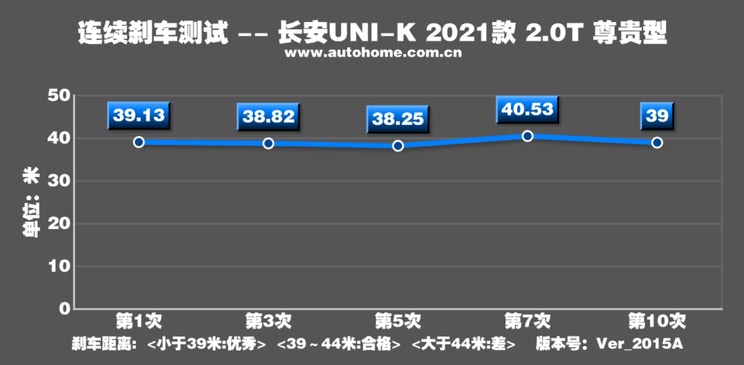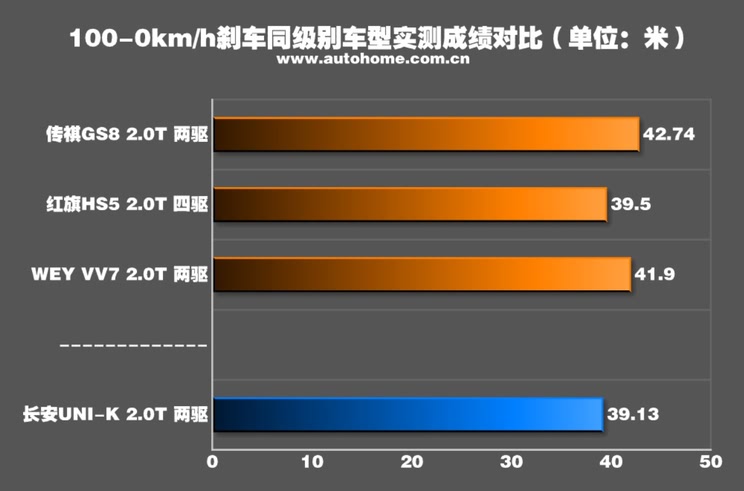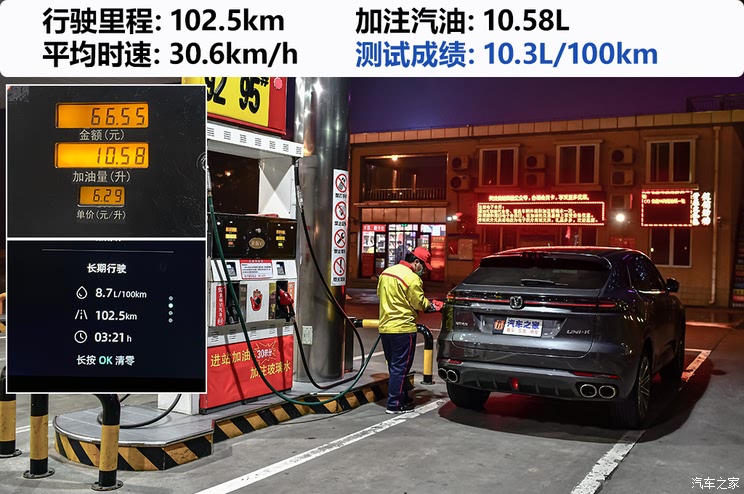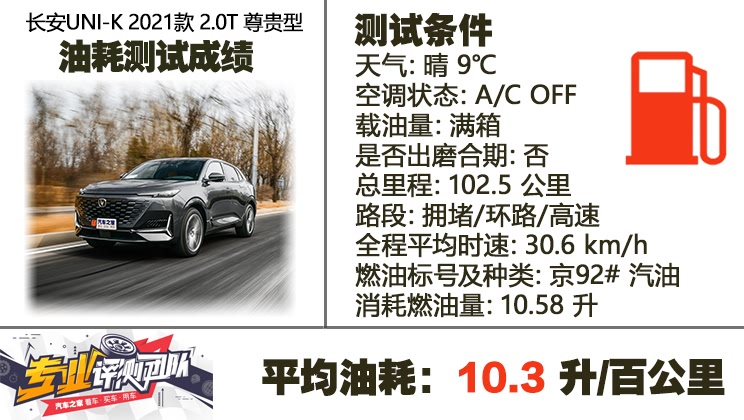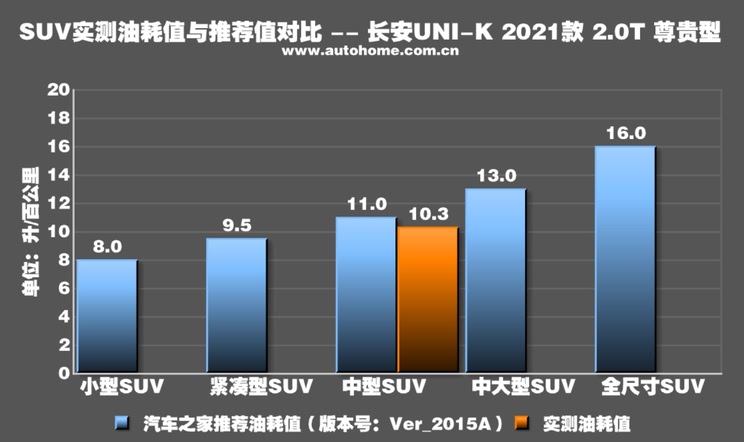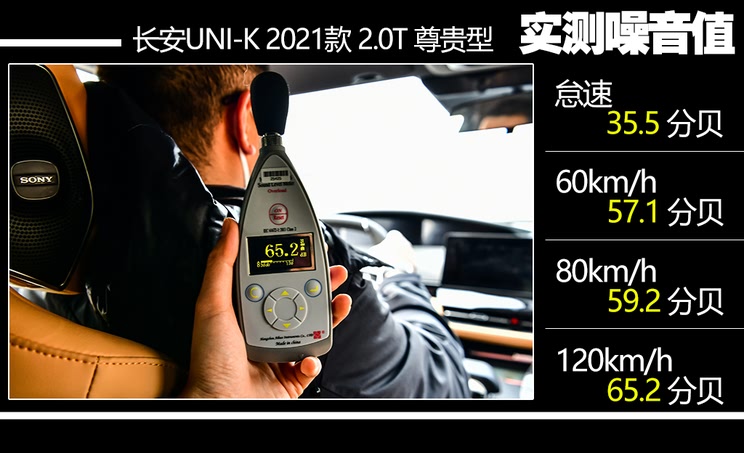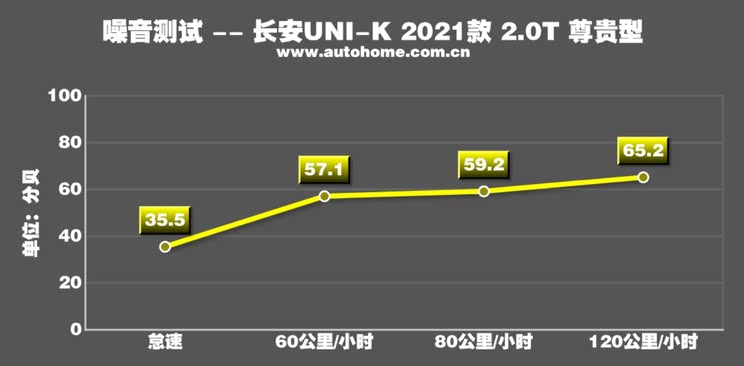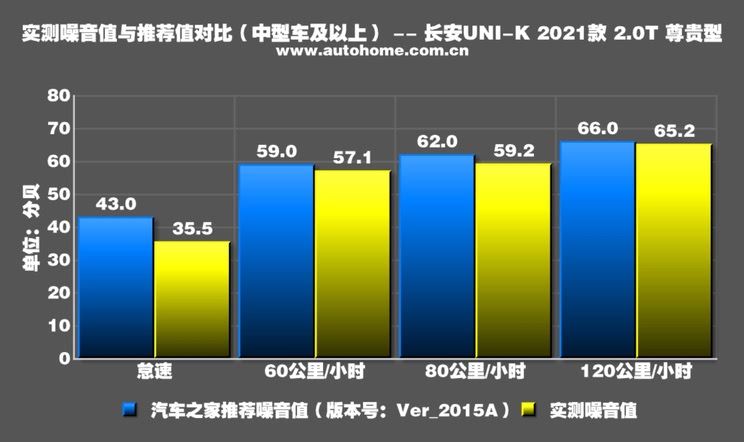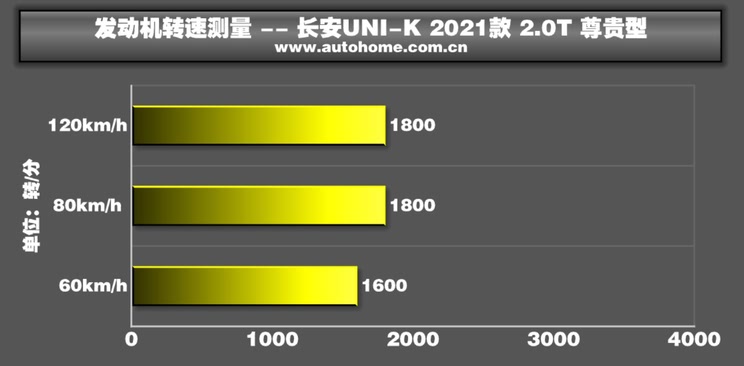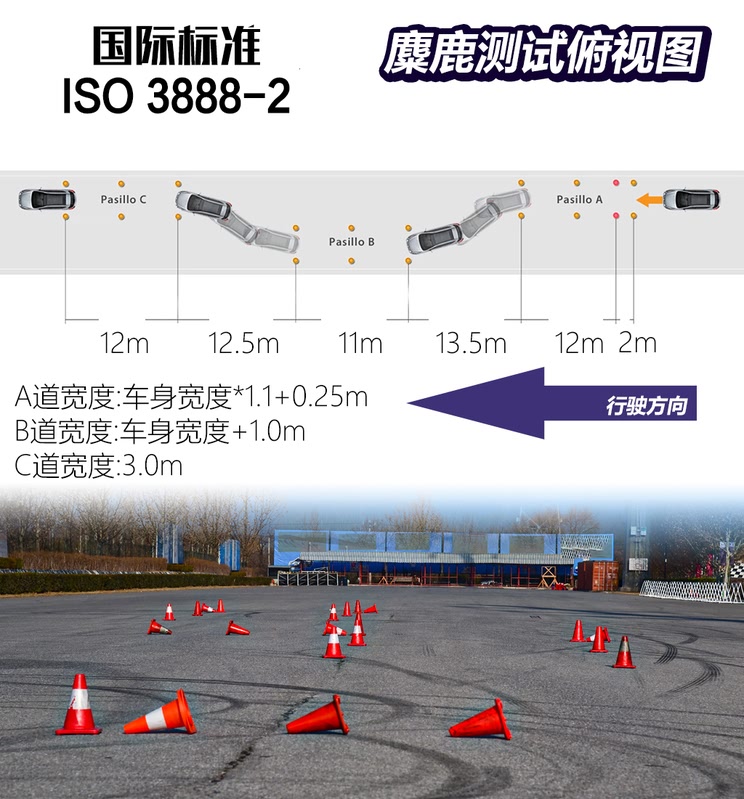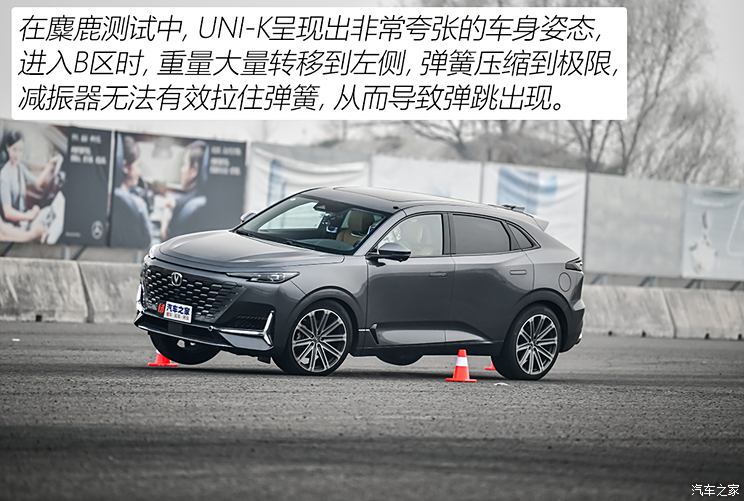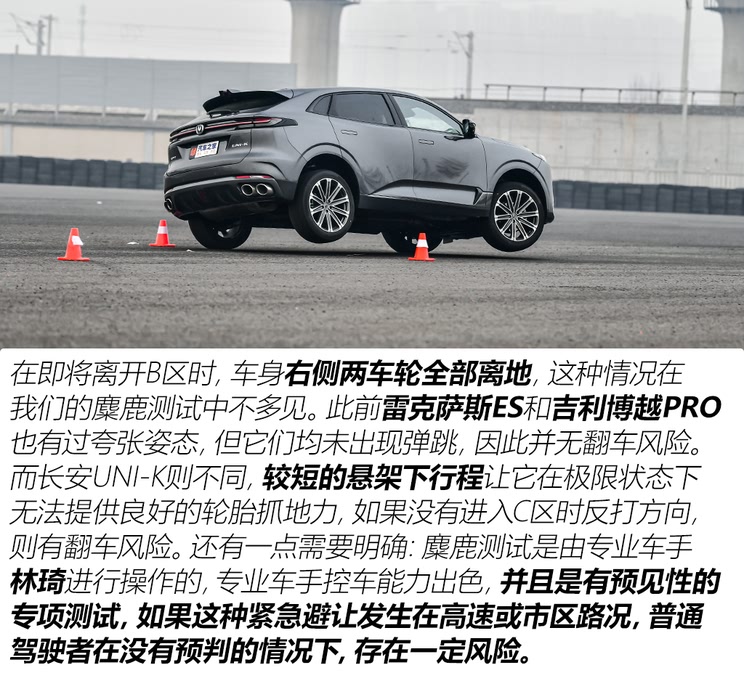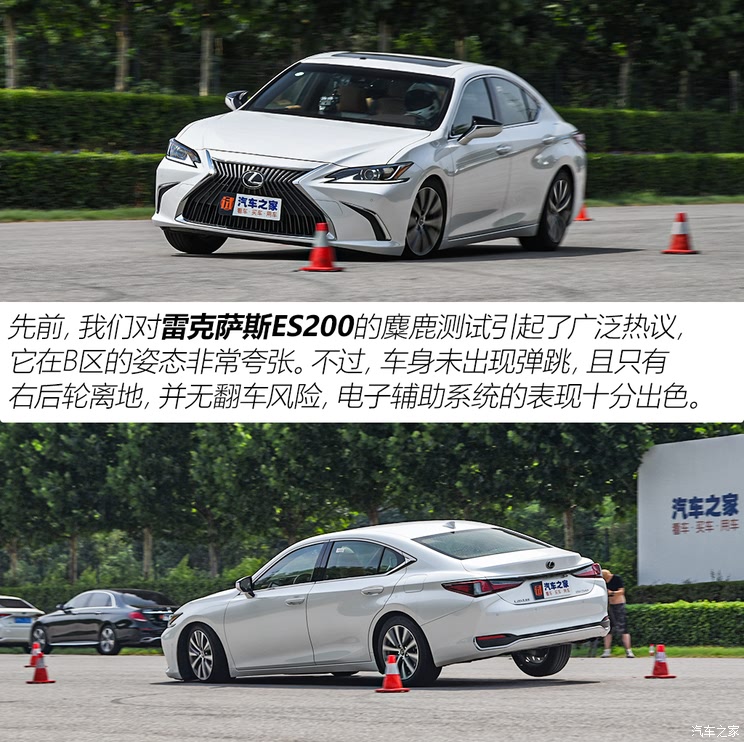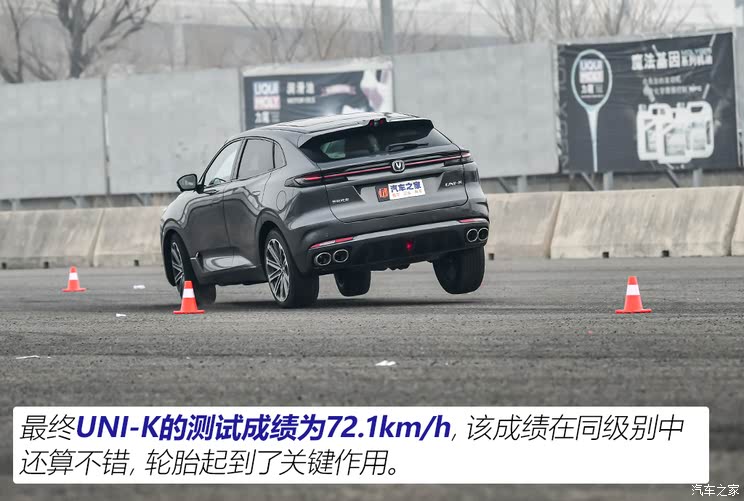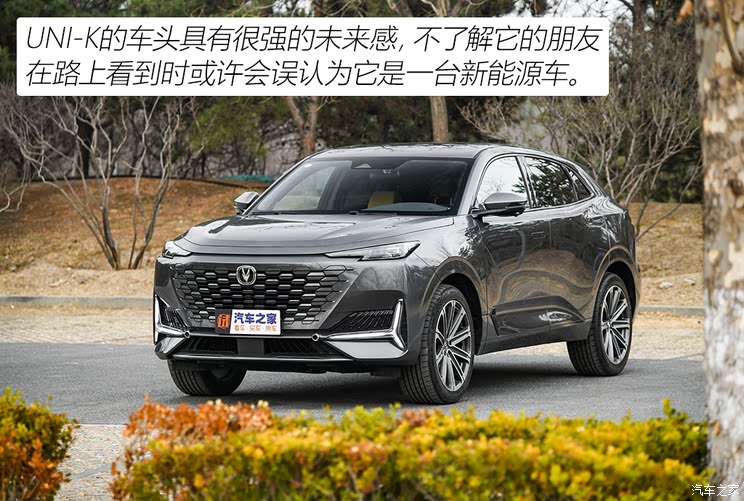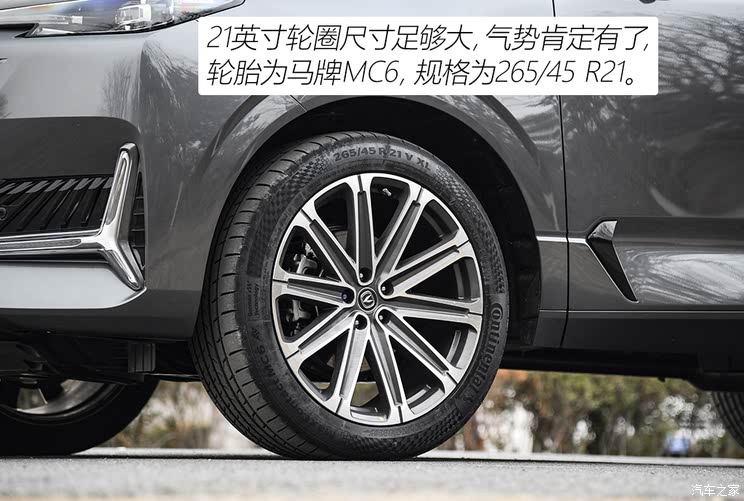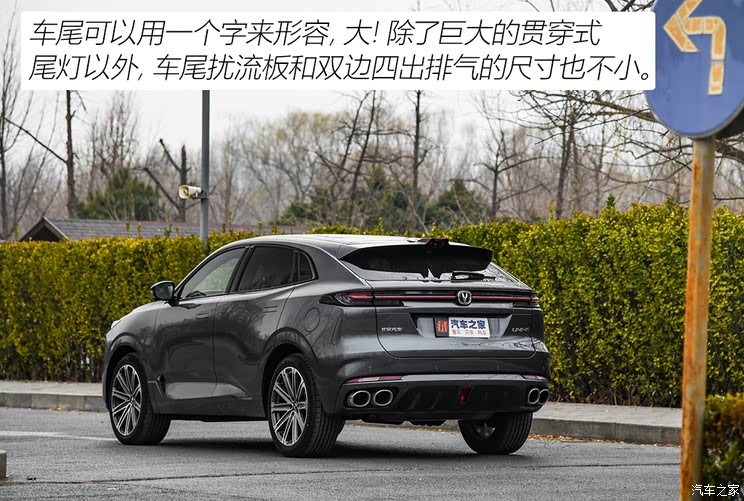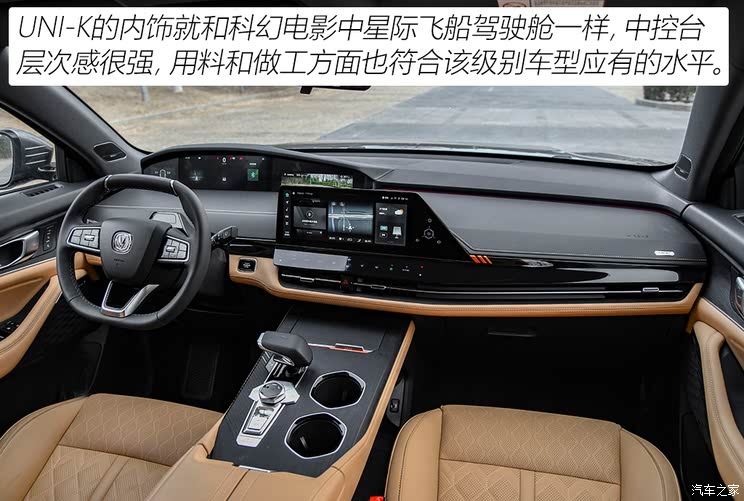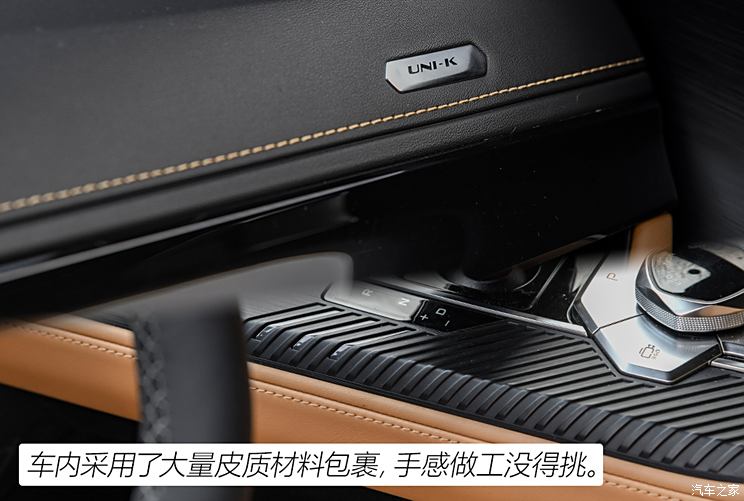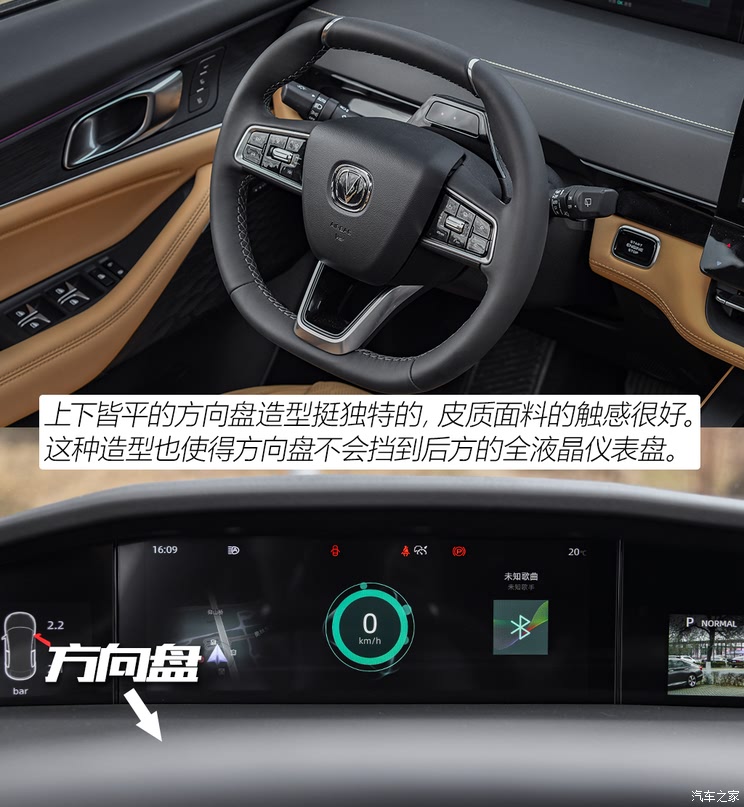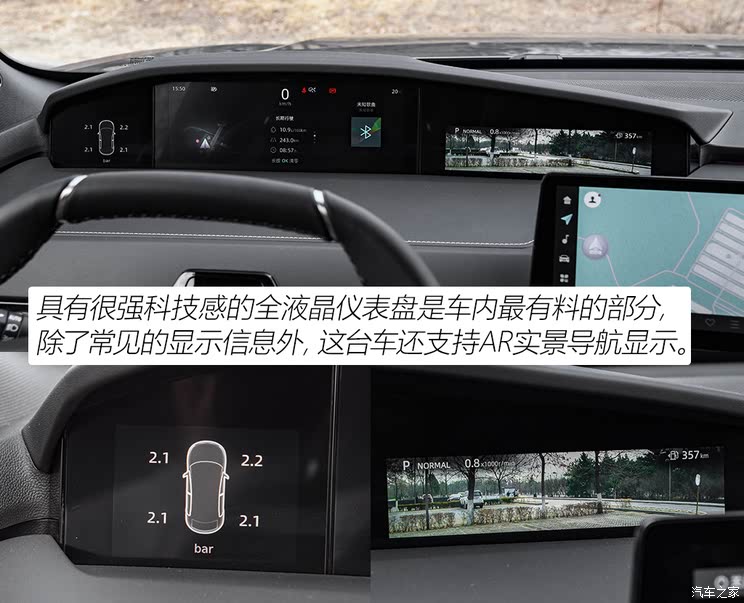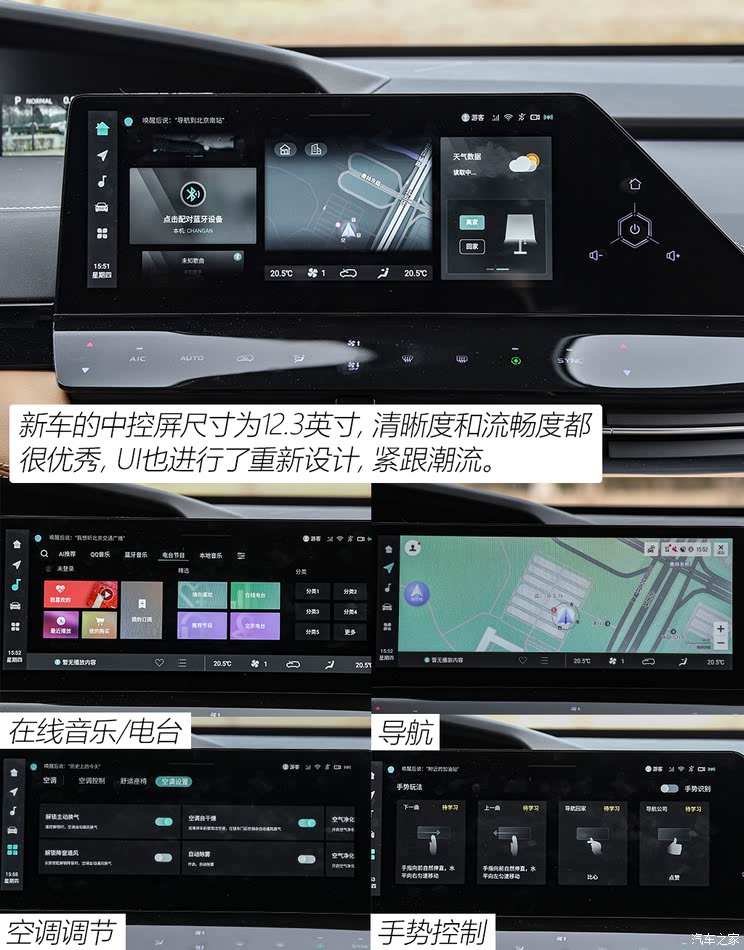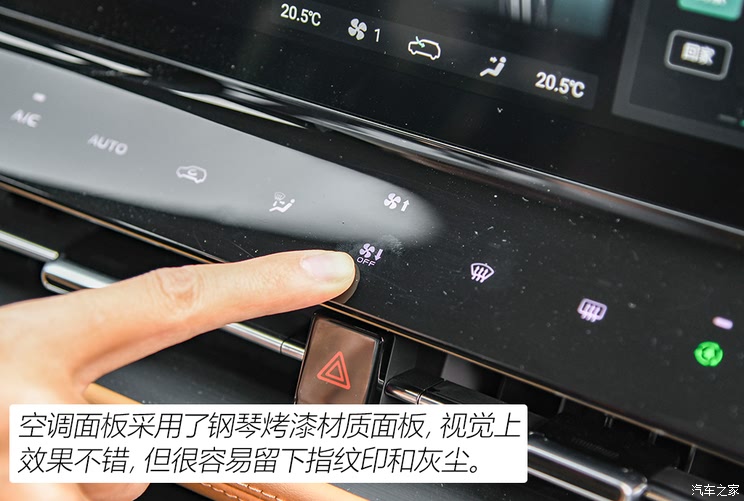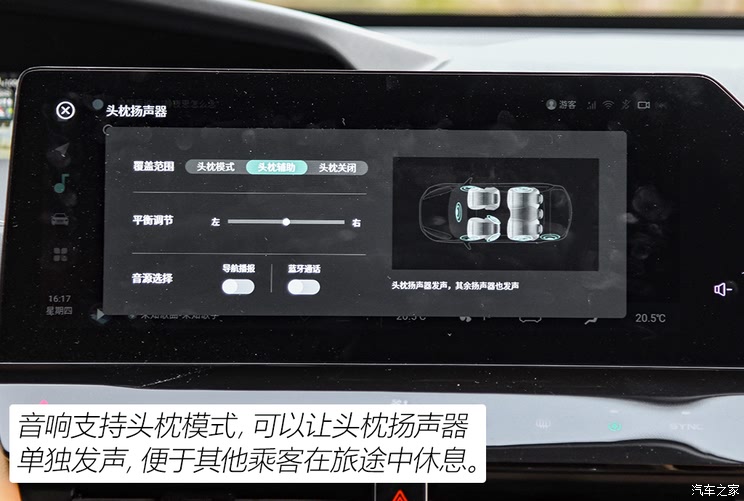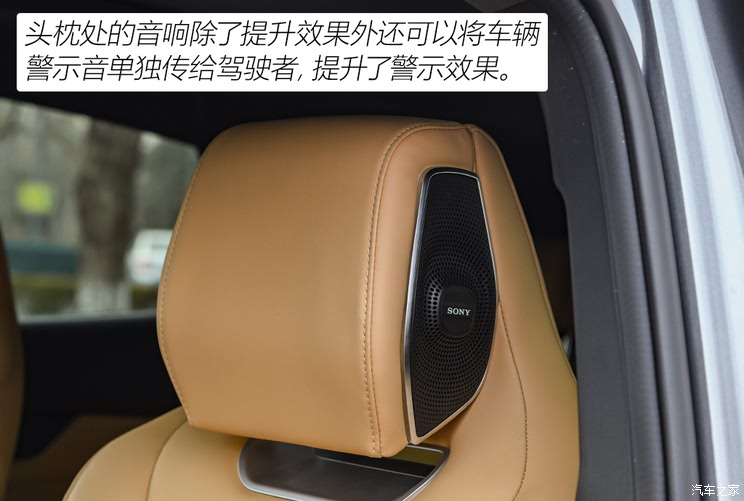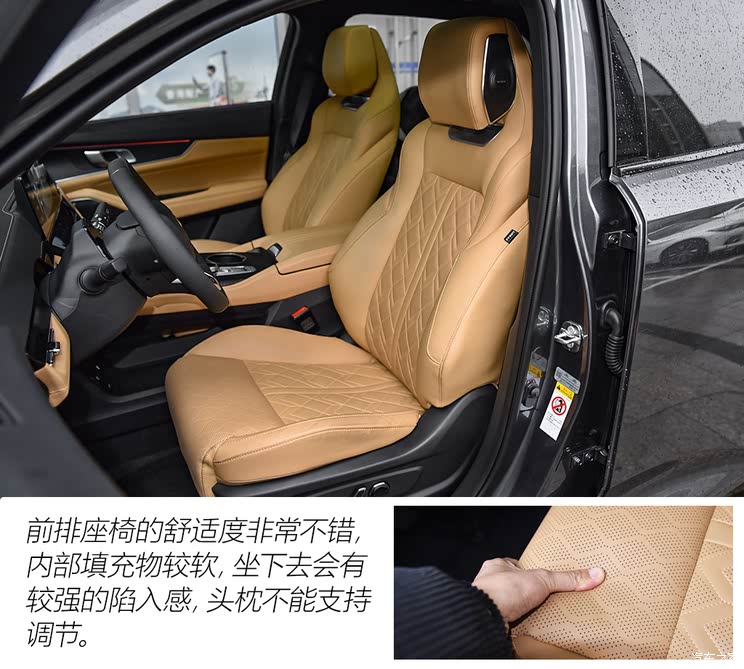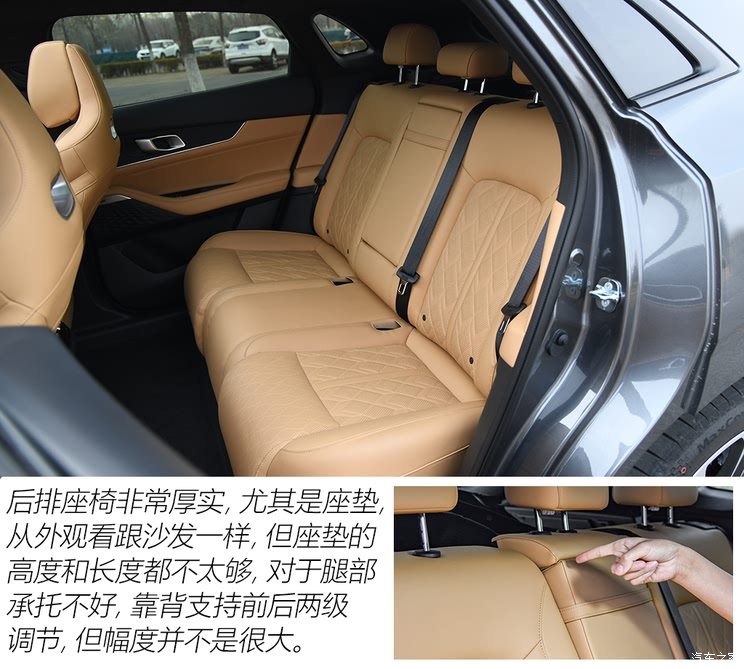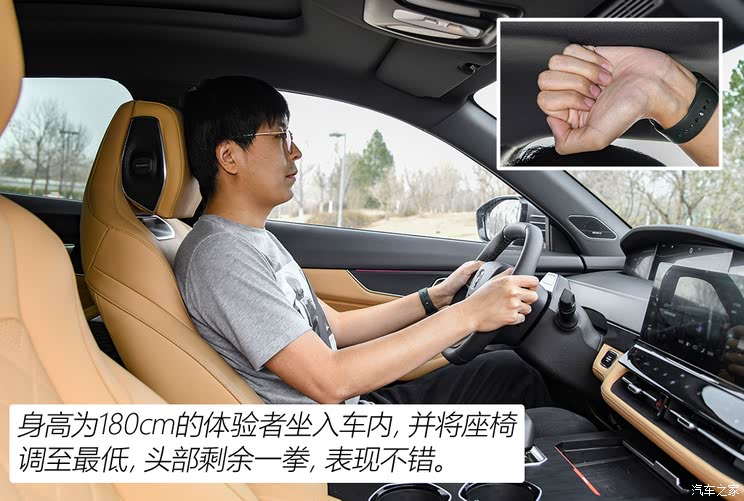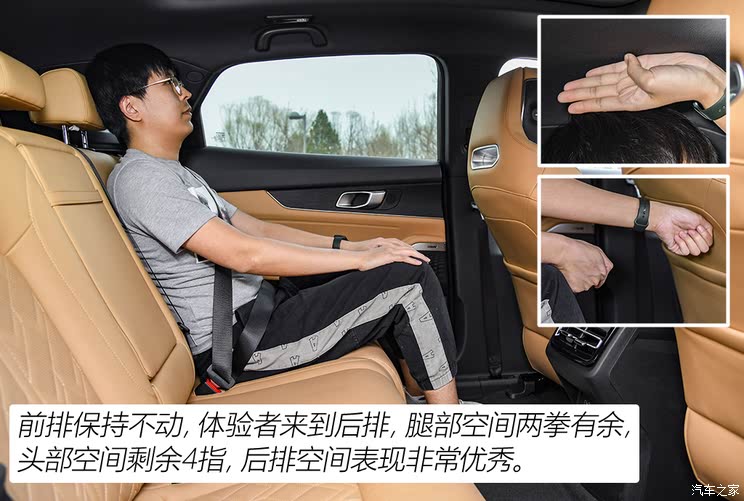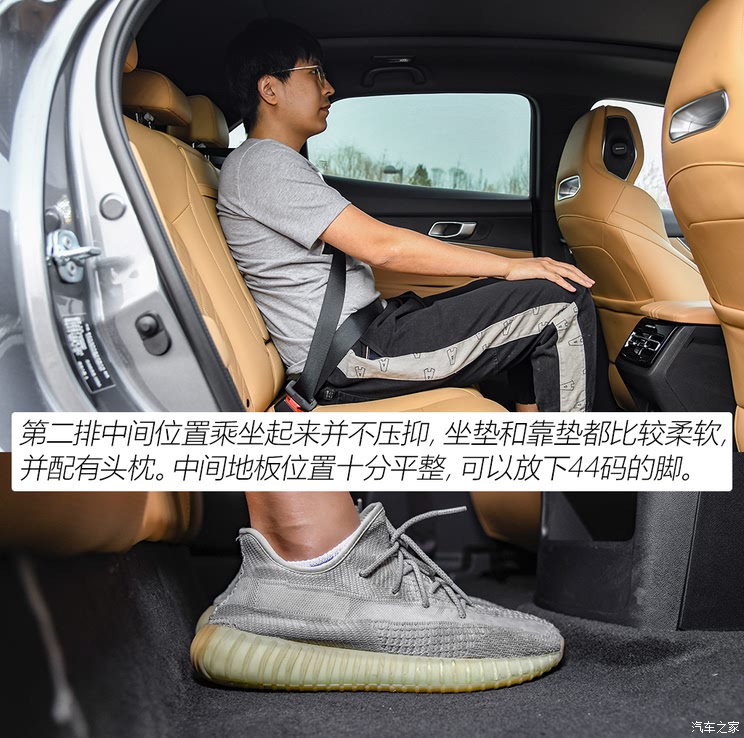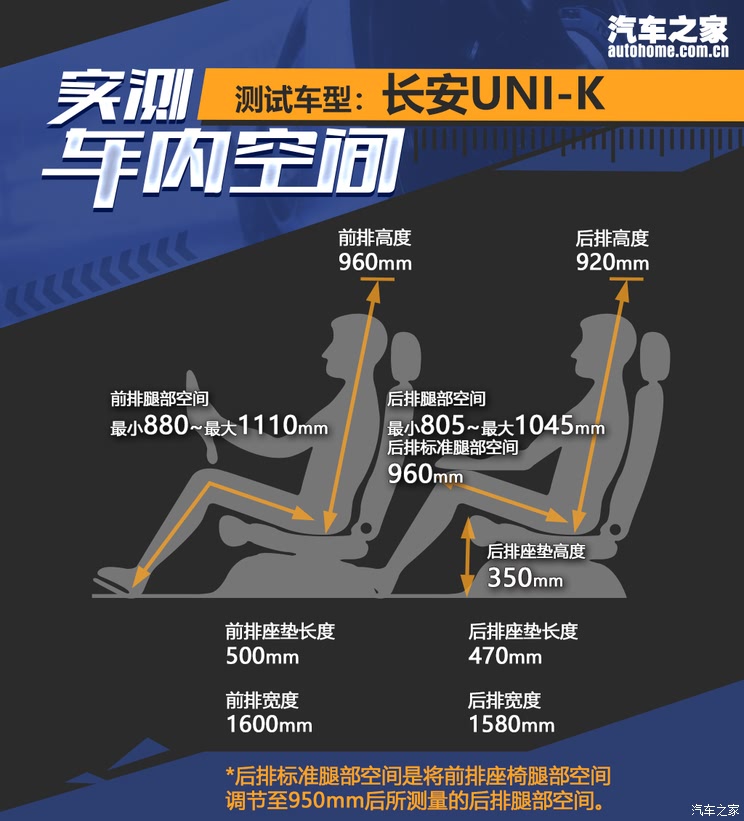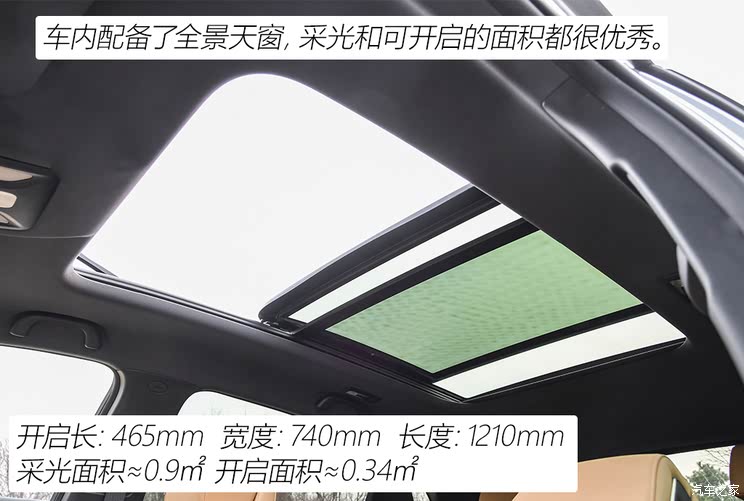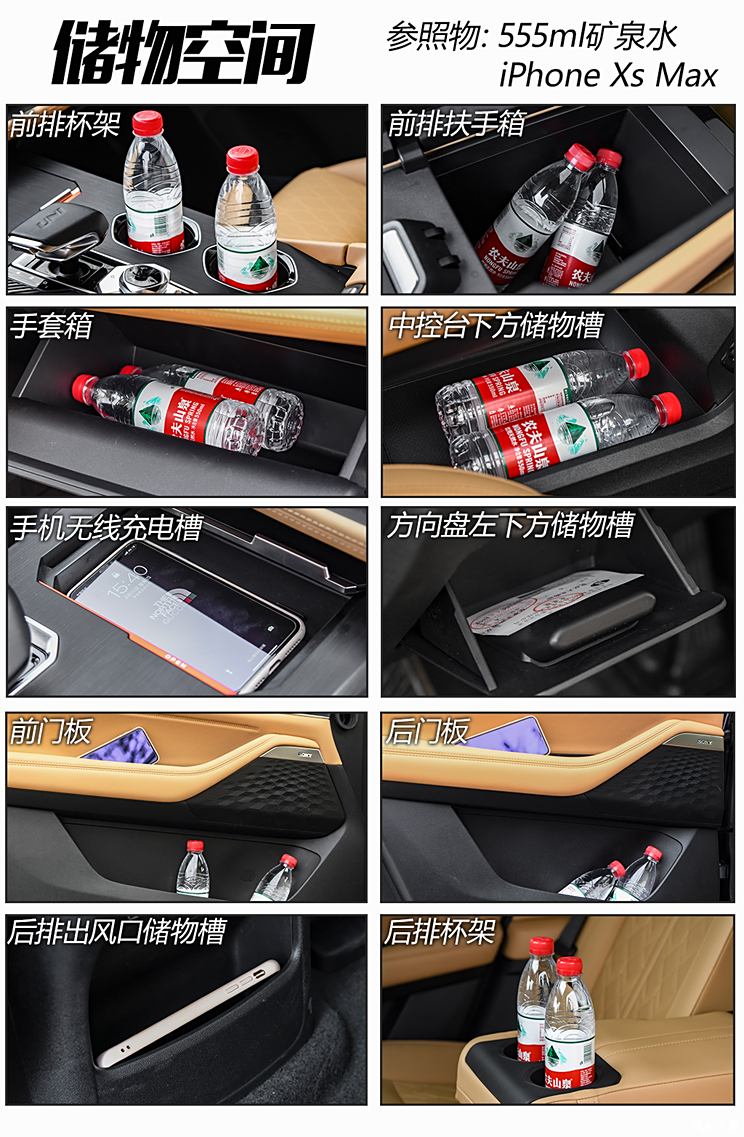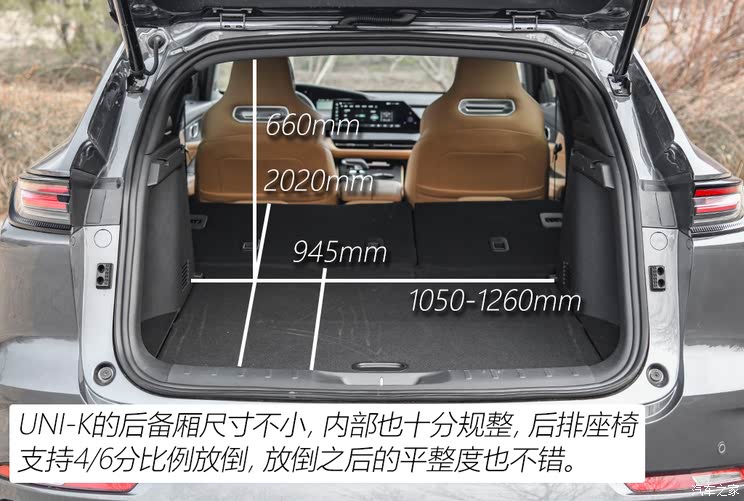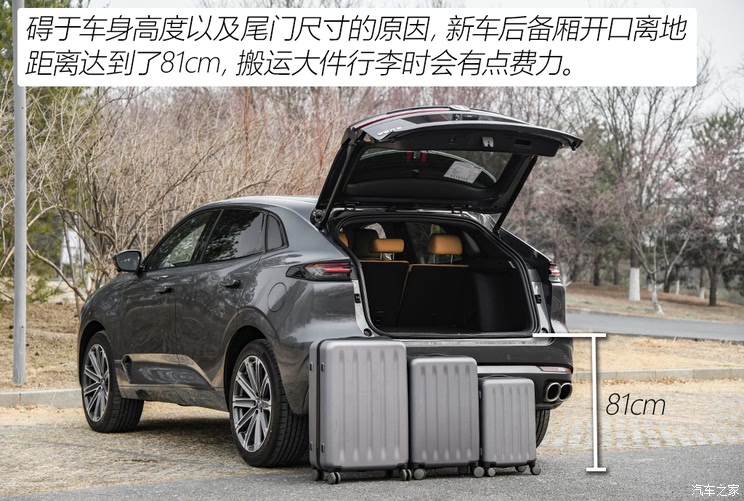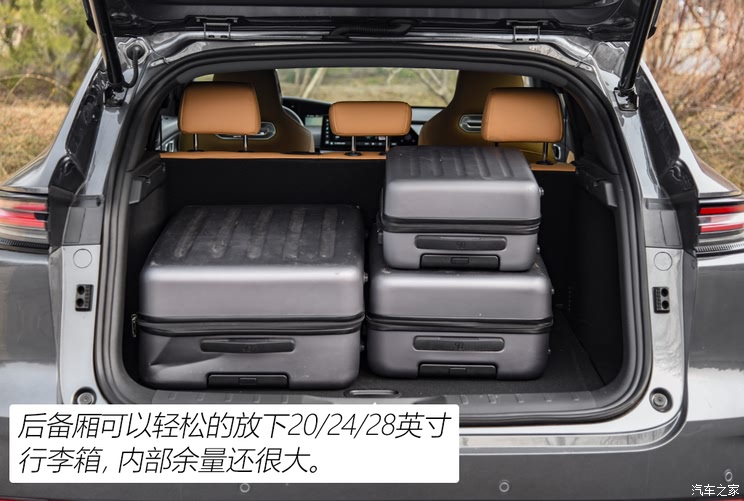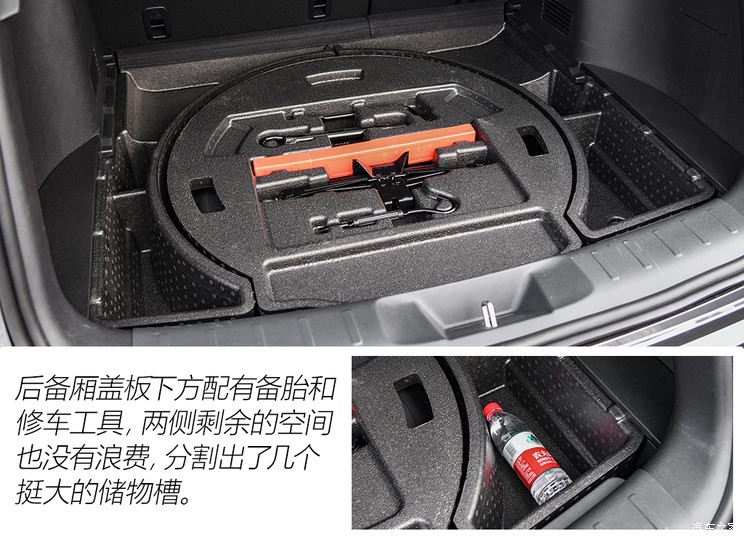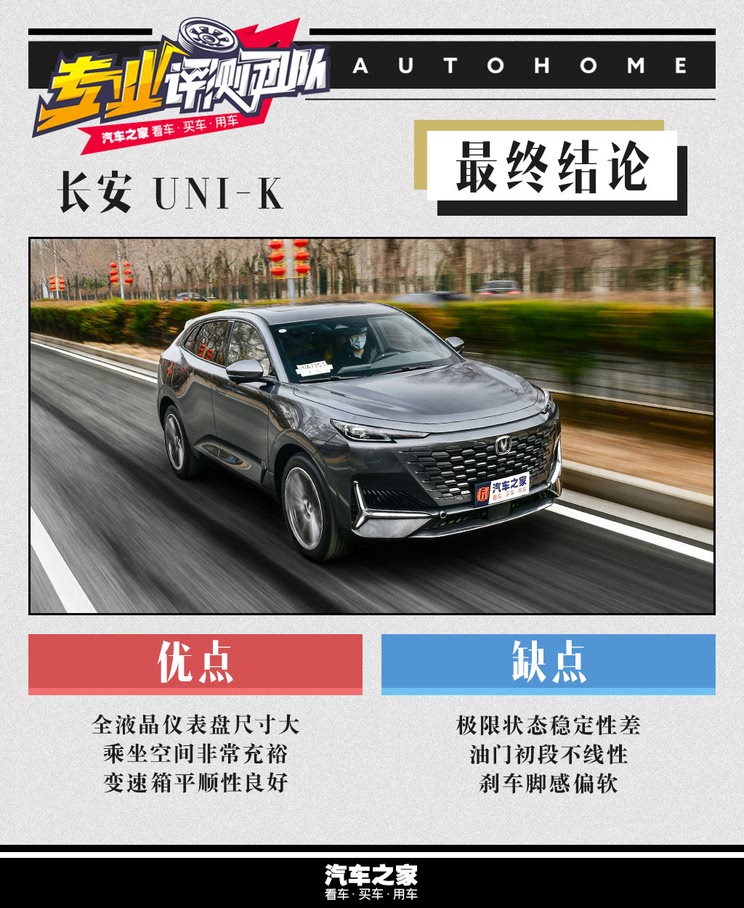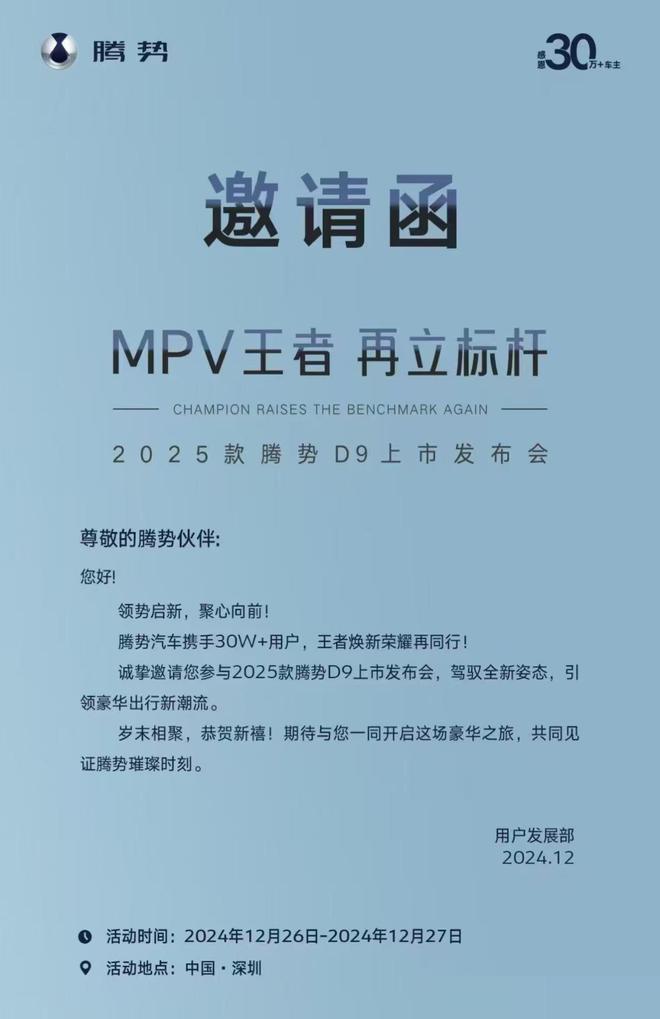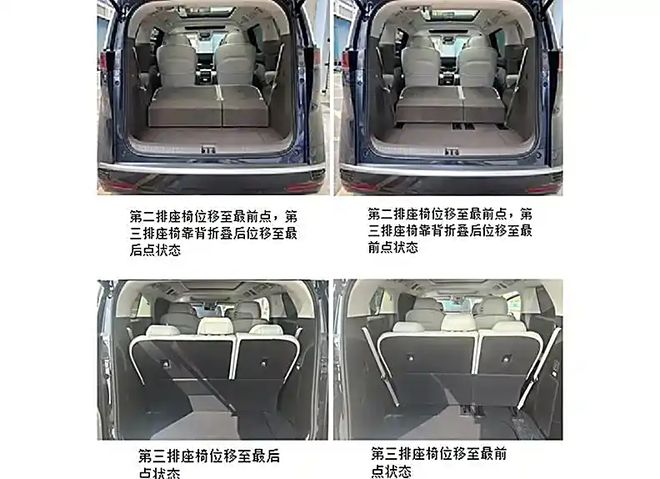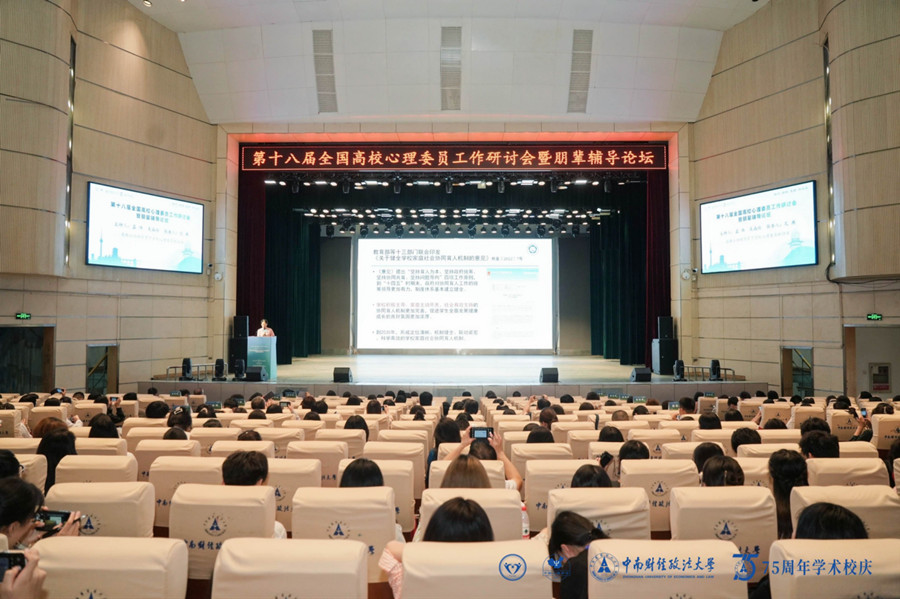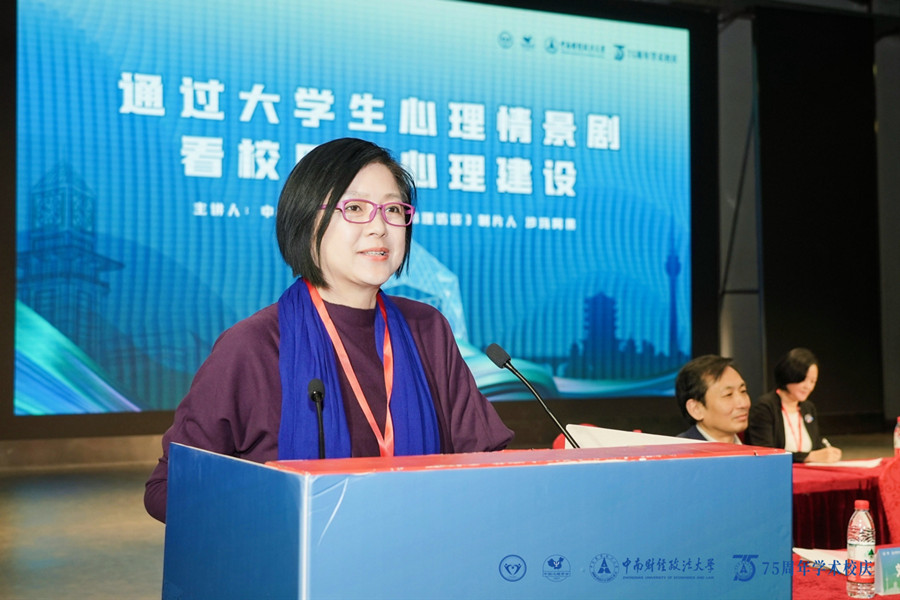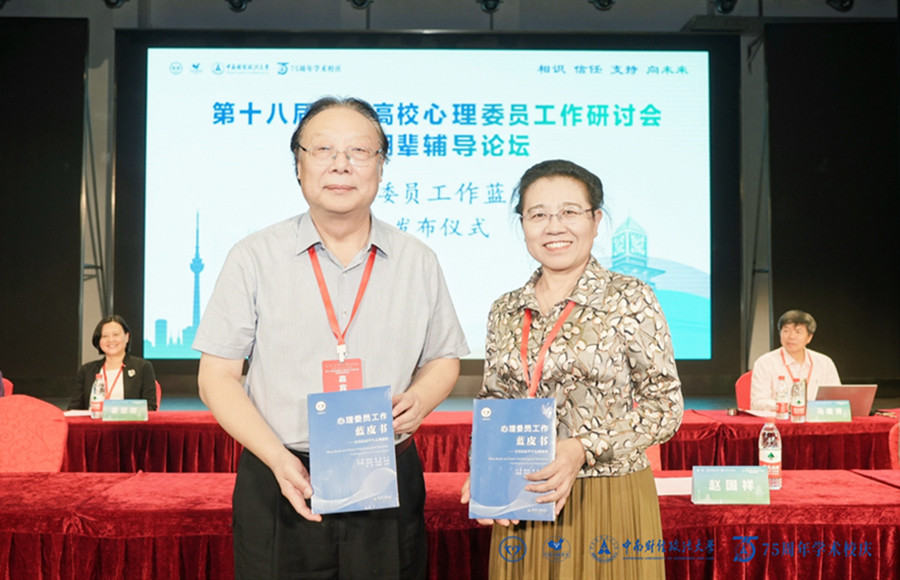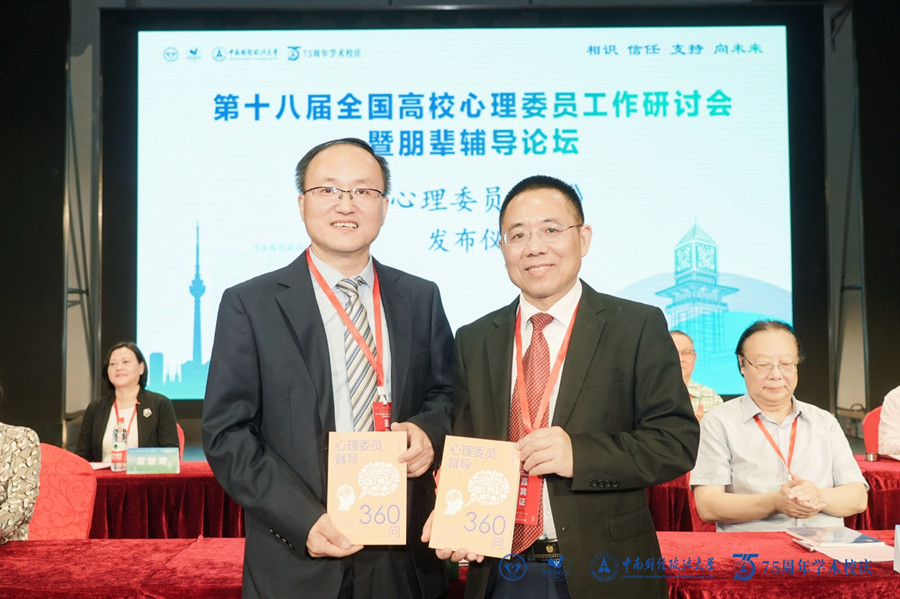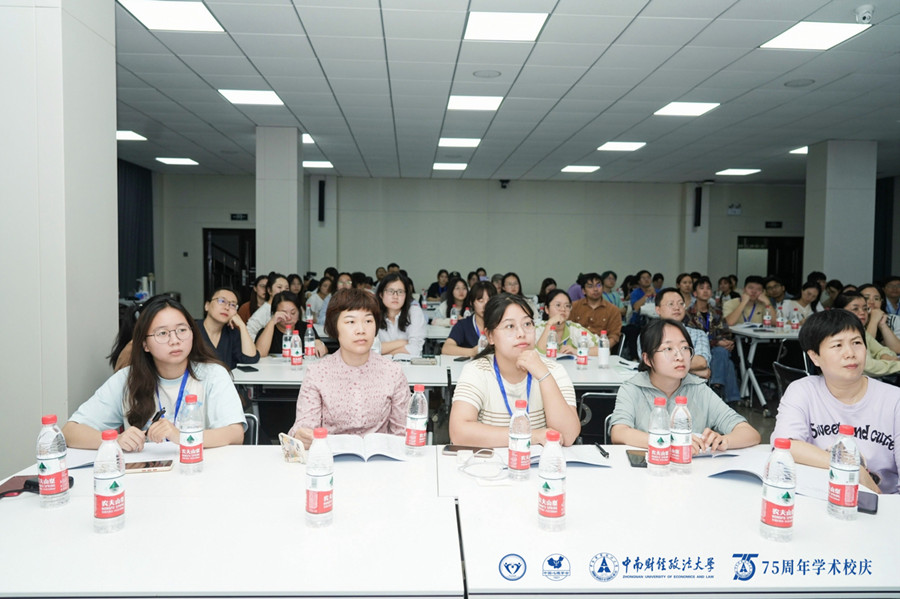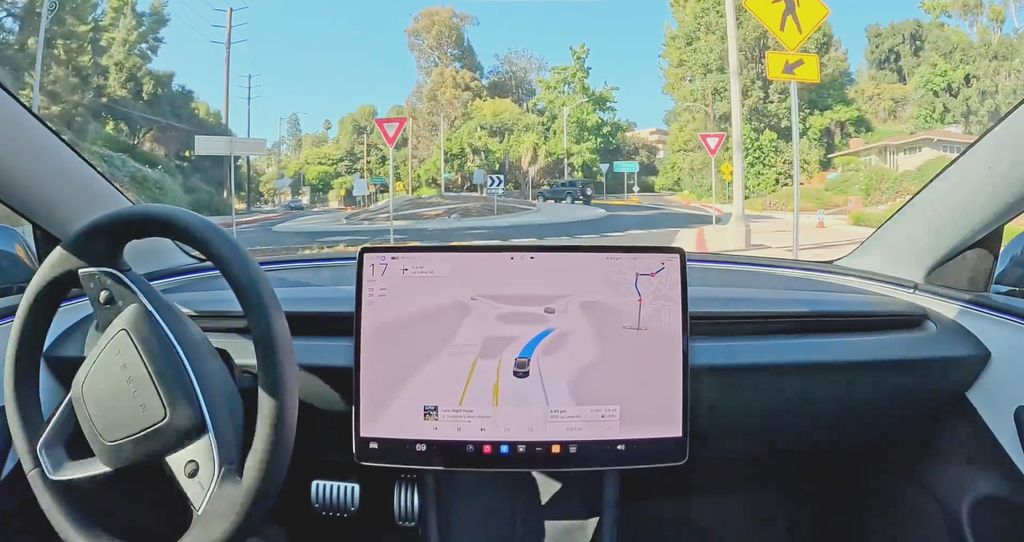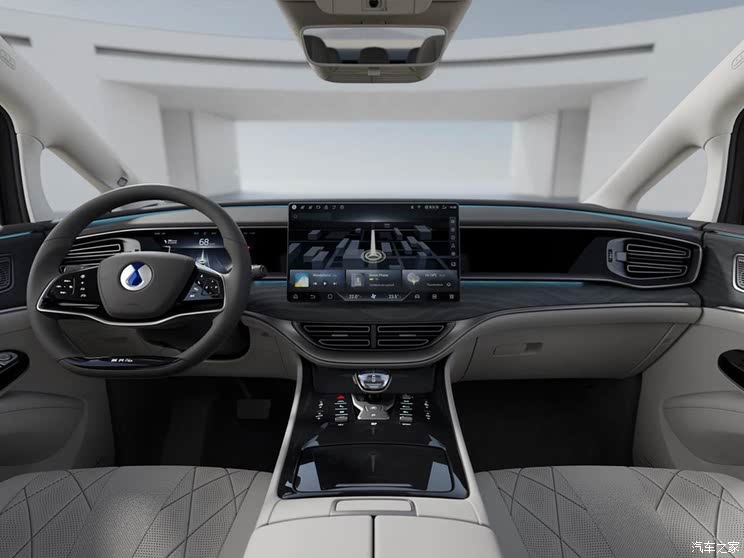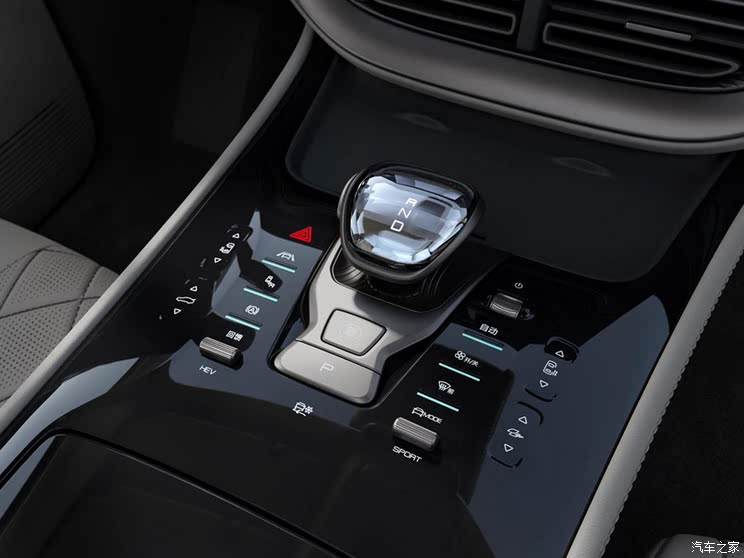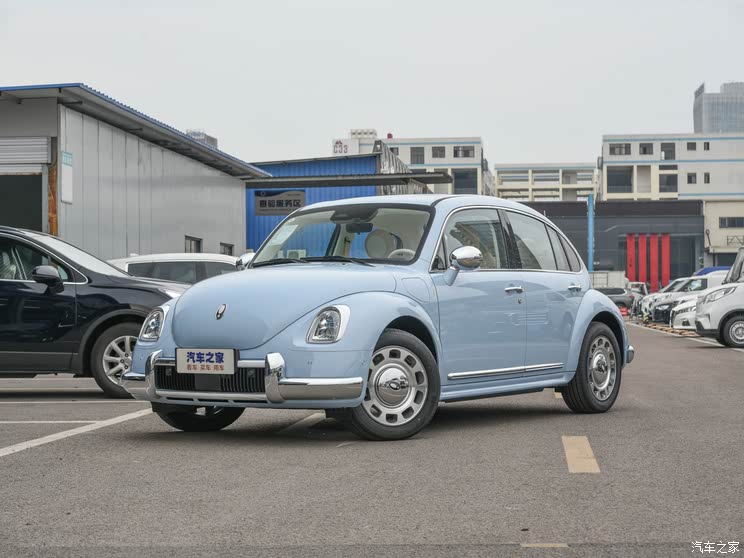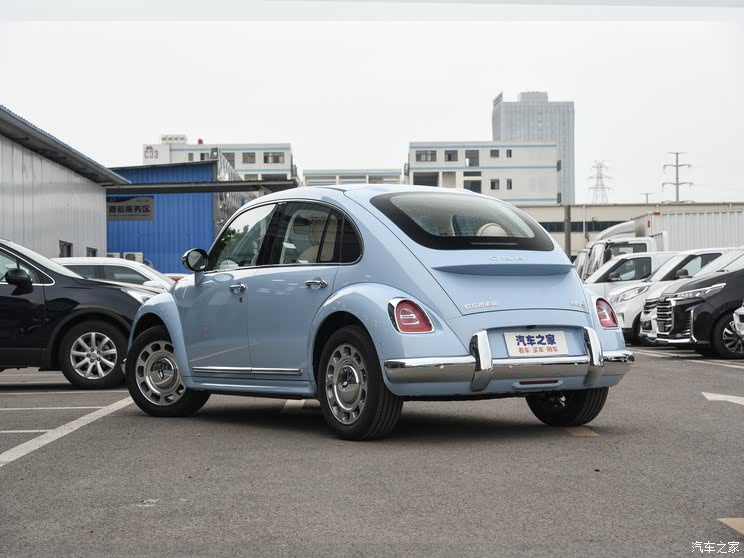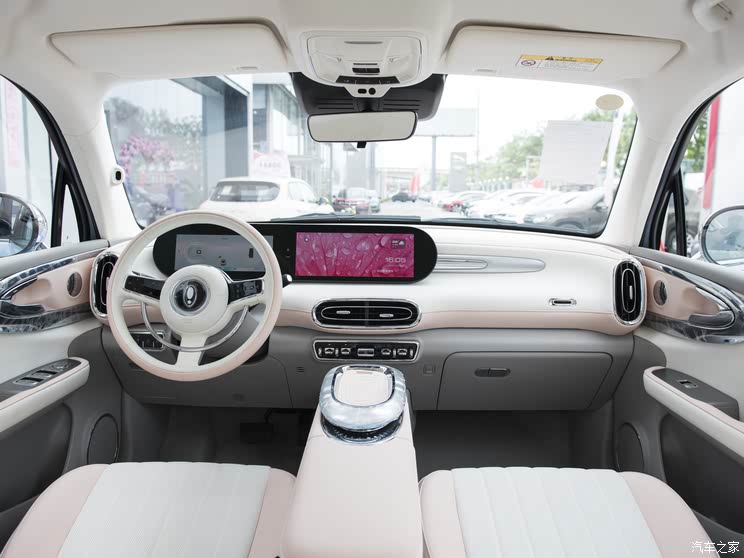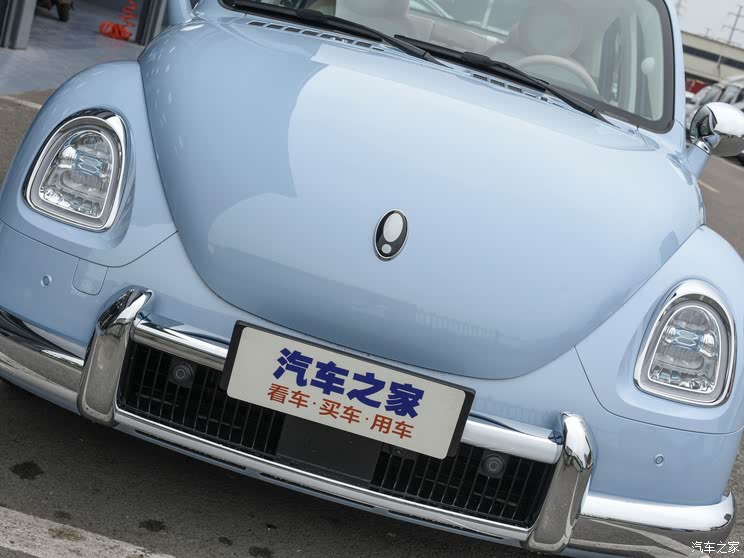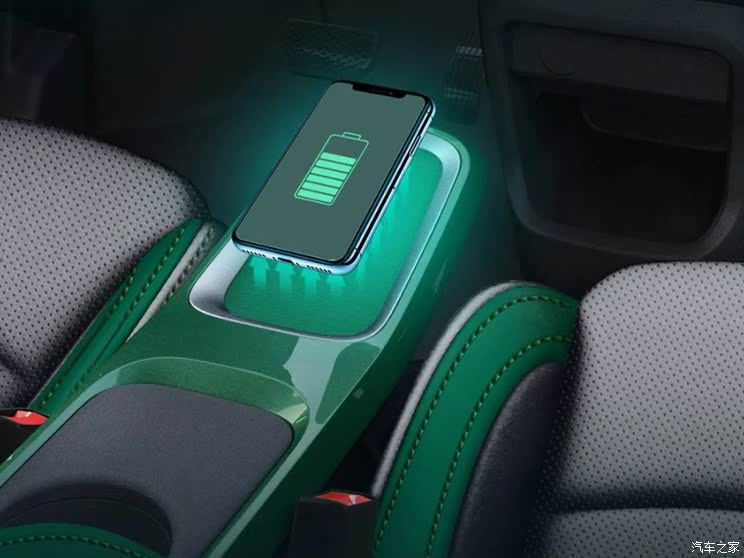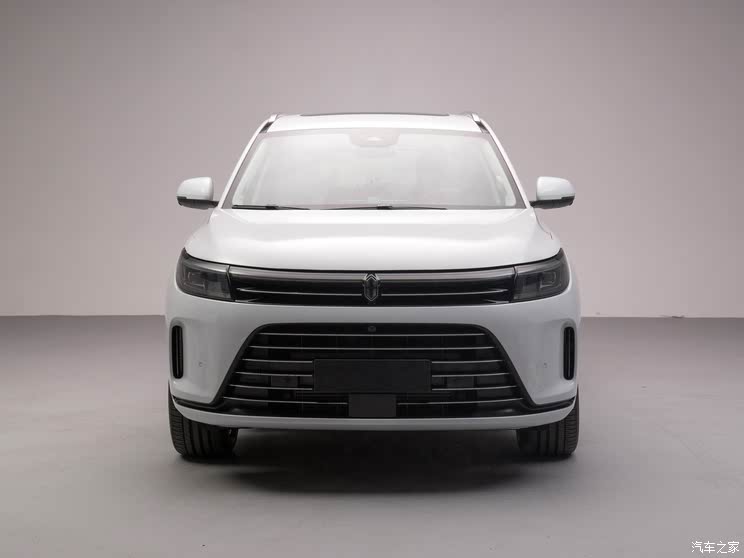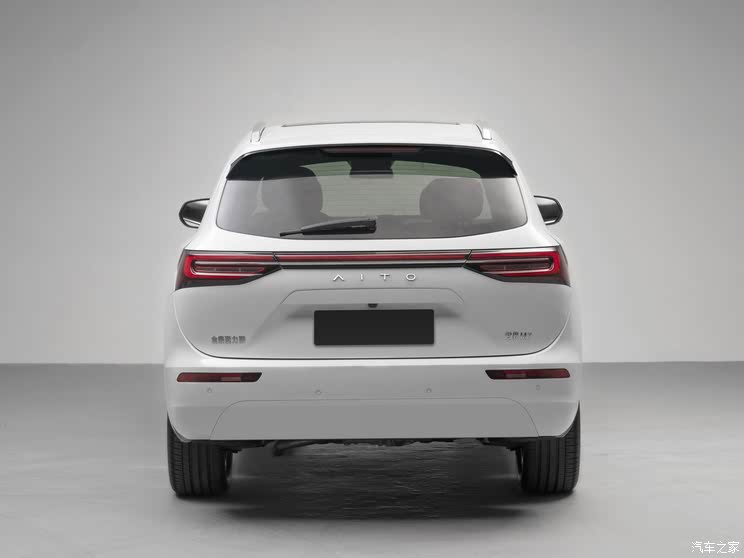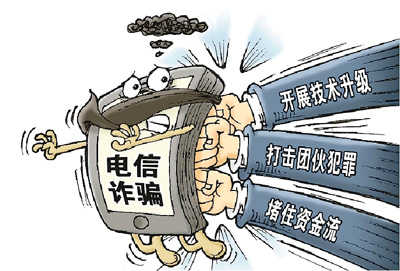
In order to solve the long-standing problem of telecom fraud, relevant departments have made breakthroughs in three major paths: upgrading technology, cracking down on gang crimes and blocking capital flow. Xinhua News Agency issued Xu Junzuo
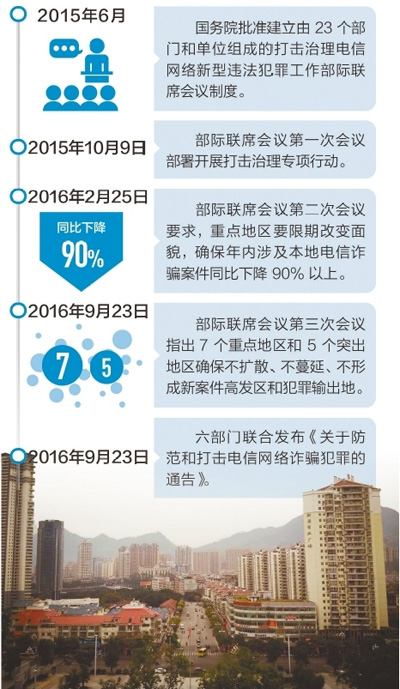
The 28-year-old Chen is the son of a tea merchant, and now he is also doing tea business. There seems nothing special about inheriting his father’s business, except that he seldom goes out and reports to the local judicial office when he goes away.
At the beginning of last month, the reporter went to Anxi, Fujian — — This place, which is "a household name" because of telecom fraud, came to Chen’s home. Chen Moumou said that he went out to work without graduating from junior high school and never made much money. In 2012, he heard a friend in Guangdong say that he could make money by calling as required every day.
"After not working for more than 10 days, the police broke in one night." Recalling the situation at that time, Chen’ s face was still full of embarrassment. Later, he was sentenced to three years in prison and suspended for three years, and was arranged to go back to his hometown for community correction. "All the money earned at that time was confiscated, and it was really not worthwhile to pay a fine."
"There will be five days before the sentence is full, never again!" Chen sent the reporter out of the house, and the street was covered with slogans to crack down on telecom fraud. His mother had been licking tea in the backyard and didn’t show up.
A grain of mouse excrement spoiled a pot of porridge.
Anxi, Fujian, has been famous for its tea since ancient times, but since August last year, telecom fraud has become a new label here. "A sweet smell, stinking, greater than the influence of incense. Now that I heard that it is Anxi, I dare not do business with us casually. " The locals said.
"After the Xu Yuyu case, public opinion was overwhelming, and all Anxi people were embarrassed and awakened." On December 6, 2016, Gao Xiangrong, secretary of Anxi County Party Committee, came straight to the point when he saw the reporter: "Anxi has a population of more than 1.2 million. In recent years, there are more than 2,000 people who have really engaged in telecom fraud, but it is such a small group of people that has stinked our reputation."
A grain of mouse excrement spoils a pot of porridge. "The reason for this is to blame those people on the other side." Gao Xiangrong refers to Taiwan Province. "At first, there was fraud there, and then it was done with Anxi relatives. Later, Anxi people started their own businesses and got bigger and bigger … …”
Changkeng Township used to be the main active area of telecom fraud in Anxi, and it takes an hour’s drive from the county seat. Along the way, except for mountains, when we arrived at our destination, we felt like "a village with a bright future": three-story buildings abound, shops and storefronts are lined up, and children are in groups of three and five, laughing and laughing … …
"We have a large population here, nearly 100,000 people, but the space for economic development is limited. It is surrounded by mountains and sandy soil geology. It is difficult to grow crops. Some people have to go out, which is contaminated with telecom fraud." Chen Xianming, secretary of the Party Committee of Changkeng Township, Anxi County, said frankly, "However, since the 1970s and 1980s, we have focused on adapting to local conditions, fostering strengths and avoiding weaknesses, and made great efforts to build a rural economy with characteristics, such as stone slabs in Nandou Village, maltose in Xixi Village and ceramic firing in Yumei Village … … In the past two years, we have promoted the planting of Huaishan, and a farmer can earn more than 100,000 yuan a year. "
“‘ One village, one product ’ Is a major feature, but as long as we are mentioned, people first think of telecom fraud. ‘ Changkeng Township ’ It has also been explained in another way — — Long-term hometown of cheat people. " Chen Xianming said, "Among the documents I have handled in recent years, the most are related to telecom fraud, followed by family planning services, and the third is economic construction and people’s livelihood projects."
This is the case in Changkeng Township. In fact, the whole Anxi is burdened with ideological burden and public opinion pressure because of telecom fraud. The reporter learned that Anxi is known as "eight mountains, one water and one field", which has been dominated by agriculture since ancient times and was once a poor county. With the reform and opening up, industrial development and transformation and upgrading in recent years, it has become one of the top 100 counties in China. In 2016, the economic operation grew steadily and rapidly. It is estimated that the annual GDP will reach 45.795 billion yuan, an increase of 8%. "Some netizens commented that Anxi’s economic myth is based on telecom fraud, which is simply nonsense. We have Tieguanyin, rattan technology and photovoltaic industry … … What climate can it bring to the economy if only some people engage in telecom fraud? !” Gao Xiangrong said.
"We are also victims." Gao Xiangrong also took his own experience as an example. "In the first half of this year, many people in the county received text messages sent in my name, which had a very bad influence. Later, after being traced by the public security organs, it was a criminal gang in Binyang, Guangxi. If we used to avoid telecom fraud, now all Anxi people are gnashing their teeth and really fighting a people’s war. "
A contest that lasted for 13 years.
On December 7, 2016, it was dawn, and the road near the hotel where the reporter lived began to be lively. All kinds of hawking came one after another, and supermarkets opened their doors one after another. "It’s much better now. The government has cracked down so severely and received a lot of leaflets. Who dares to do this outrageous thing?" A boss surnamed Chen, who runs local specialty snacks, told reporters, "The craziest time is actually 2003 and 2004 … …”
For the boss surnamed Chen, the reporter later confirmed it in many ways. Among them, there were media reports in 2004: Anxi is the "base camp" of mobile phone fraud in China, and the mobile phone communication base station located in Kuidou Town was once "the busiest base station in Asia". During the peak period of SMS fraud, millions of mobile phone messages were sent out in Anxi one day.
This morning, the heads of several political and legal units in Anxi County gathered together for discussion and exchange. Chen Zelong, vice president of Anxi County Court, who has worked in the court for more than 10 years, listed several characteristics of Anxi fraud: the amount is small, and there are not many cases involving more than 50,000 yuan in more than 10 years; Young people, many of whom are born in the 1980s and 1990s, have a low level of education and average economic conditions, and it is easy to be stimulated to see people next to them "getting richer every day"; Very scattered, criminal gangs are mostly only two or three people, very few have family ties, and there is no crime in the whole village; Specialization, the means are constantly being refurbished, and scammers will take the initiative to find you and cheat you through various names … …
In view of the high incidence of crimes, Anxi County has been carrying out special rectification for 13 consecutive years. As early as 2004, the Public Security Bureau set off a climax of cracking down on rectification, when it adopted the method of door-to-door investigation. In 2007, the rectification was further intensified, and the fox hunting operation was launched. Even under the deployment of the county party committee and county government, the criminals were punished by demolishing houses … … Even so, illegal crimes are still in the contest and struggling. According to Du Shuanglu, director of Anxi County Public Security Bureau, some people know that they can’t stay at home any longer, so they move their criminal activities to the mountains and build simple tents near the base station, which makes it difficult to find and arrest. For this reason, the public security organs have strengthened their technical investigation, so that each police station can quickly locate the base stations within its jurisdiction and the location of the crime. With the local crime space getting smaller and smaller, some people began to go to other places to commit crimes … …
In order to further improve the ability and level of combating crime, Anxi County Anti-fraud Center was established in April 2016. Acceptance and disposal room, communication prevention and control room and key personnel control room & HELIP; … The reporter saw that the eight characters of "comprehensive operations and simultaneous defense" hung in a prominent position at the entrance of the center. "A major difficulty in combating telecom fraud is the difficulty in obtaining evidence. In the past, in order to lock in the capital flow of a criminal gang, it may be necessary to run around the world. Now coordinate a number of banks to settle in the center, and you can check all the bills in the country by sitting in the office. " Du Shuanglu said.
During the interview, the reporter also found many details — — Chen Xianming’s office computer is based on an aerial drone photo. "In order to crack down on mountain fraud, we independently invested more than 60,000 yuan to buy one in 2014 to help the police station Qingshan inspect the mountain dens, which was the first in the county at that time."
The village rules and regulations of daling village in Kuidou Town clearly stipulate that those who participate in telecom fraud shall be ordered to write a repentance book and post it in the village, in addition to being investigated for criminal responsibility by the political and legal departments; Ordering their families to show movies and publicizing their illegal acts; Cancel its preferential treatment in family planning, schooling, land and forest contracting, household registration transfer, etc. Order them to attend classes and public welfare activities.
A distorted value system is at work.
In 2013, Anxi County finally took off the hat of "the key rectification county in the province" that it has worn for many years, but this does not mean that the problem can be cured. After the Xu Yuyu case, after investigation by the public security organs, three of the six suspects were from Anxi, only committing crimes in Jiangxi, and the label of "the land of fraud" was re-branded by public opinion. In this regard, the Ministry of Public Security once again made deployment requirements, emphasizing resolutely pulling out a number of "nails" of regional professional telecom fraud crimes and resolutely reversing the situation that crimes exported from key areas endanger the whole country.
Reflected in the implementation of Anxi, a new round of crackdown and rectification immediately began: the county party secretary and the county magistrate jointly issued the "Letter to the People of the County"; To carry out the "cross-regional attack on the 100-day battle", as long as Anxi nationals are involved in telecom fraud, they will be punished according to law and strictly control the punishment outside prison, regardless of distance and cost. Strengthen grid management, especially to find out the basic information of people who go out.
Even so, illegal crimes have not stopped. On the morning of December 8, 2016, at Anxi County Detention Center, the reporter saw a post-90 s criminal suspect Fan Moumou who started to engage in telecom fraud in October 2016. "At that time, the Xu Yuyu case had already happened. Did you see the online news?" "Anxi is full of propaganda slogans, and government supervision is getting stricter and stricter. Have you noticed?" Fan moumou defaults one by one.
"My family worked outside all the year round and didn’t care about me at all. I went to junior high school for a year, but I stopped studying when I couldn’t keep up with my studies. Later, I have been wandering outside, selling tea and being a driver, and I have never made any money. In October this year, I heard that this money came quickly, so I tried it. " Fan Moumou said, "At that time, I was lucky and thought about making a sum of money in a few days."
For this kind of criminal motive, in the words of another criminal suspect, Wu Moumou, it is the so-called "poverty is thinking about change". "I have been helping people look after stores in Jinjiang City, and I can’t make much money. This year, I heard a friend say that this money came quickly, and asked him to send me some information, and then I followed suit. "
"Listening to people say" and "quick money" are basically the rhetoric that many young criminal suspects are infected with telecom fraud, which is another "hardest hit" in Anxi — — The interview in Kuidou Town got some echoes. "There is no collective economy in our village, and we all rely on planting crops to eat. The harvest in these two years is not very good. Tea can’t be sold because of market competition, and some farmers earn less than one or two thousand yuan a year. " Chen Fenfa, director of Daling Village, Kuidou Town, said, "Now many young people can’t eat bitterness, don’t want to do farm work, and they have no skills to go out to make money. Coupled with their weak legal awareness, it is easy to learn bad one by one, thinking that it is enough to make money, and they never thought that it was a crime."
The reporter also learned in Anxi County Detention Center that some villages in Kuidou Town were once famous as "fortune-telling villages", and many people sold dog skin plasters and played tricks on the street. They just made money by using people’s psychology. "For these, some villages really turn a blind eye, and some people regard it as a profession, even proud of cheating money and ashamed of not cheating money." "Not long ago, I went to Wonder Village in Quedou Town for investigation, and there was actually a museum with a list of people who made money because of fraud and other misconduct. I asked at that time, don’t you feel that this is a shame? It is said that some deceptive tricks there began from the grandparents. " Gao Xiangrong said.
Chen Xianming also expressed concern about young people’s "everything is money-oriented": "In the past, the Mark Six lottery in Changkeng Township was popular, and many people held the psychology of getting something for nothing, hoping to get rich overnight. Some people were obsessed with burning incense and worshiping Buddha every day to win prizes. What is even more incredible is that some people take advantage of everyone’s greed for money and swindle under the guise of knowing the inside story of winning the prize. These people really have no faith. "
In Gao Xiangrong’s view, these are actually a kind of distorted values. "Our economy has developed, but social civilization has not kept up. Many people think that it is great to make money, even if it is cheating. In their eyes, the people they despise most are the poor. This is also a fundamental reason for the repeated crimes in recent years. "
On the afternoon of December 7, 2016, the office of Dai Qingjia, secretary of the Party Committee of Kuidou Town, a mobile communication base station painted on the town map was particularly conspicuous. "Just built in our here. Although there are telecom offices in towns and villages, they are all under the control of higher authorities and are not closely related to towns and villages. In the process of cracking down on telecom fraud, sometimes it is necessary to do a lot of coordination work from top to bottom. If they don’t act and don’t support it, how can we solve the case and cure the problem only by our township and grassroots police stations? "
"Xu Yuyu was admitted to college, and her hometown people didn’t necessarily know this information, but it happened that we Anxi boys mastered and used it. Why?" Du Shuanglu said, "Many suspects of telecom fraud are very smart, looking for loopholes in government supervision, but these loopholes just haven’t changed."
"A game of chess" thinking is the way to cure the problem.
"In the past, there may still be situations where the top is hot and the bottom is cold. The more you go to the grassroots level, the less you pay attention to it. Now no one dares to treat the matter of cracking down on telecom fraud. " In the interview, many township leading cadres said so, and one of the trump cards to urge them to implement their work is the strict reward and punishment system:
— — Carry out the evaluation activities to create honest villages. Starting from September 2016, for honest villages that have no personnel involved in telecom fraud during the special rectification period, each village belonging to 22 key villages will be rewarded with 200,000 yuan, and non-key villages will be rewarded with 50,000 yuan.
— — Strict work discipline, the implementation of "one-vote veto" for vicious cases that dare not grasp, dare not take care of, ignore Anxi’s reputation and spread to the whole country, the township party secretary, the township head, the leader in charge of comprehensive management and the director of the police station will all be suspended, recalled and rearranged by the organization department, the village secretary will be dismissed on the spot, and the village director will be ordered to resign or be dismissed according to law.
"We have exhausted all measures to fight a battle of honor." Gao Xiangrong said that based on itself is only one aspect. In order to completely pull out the "nails" of crime, it is urgent to strengthen top-level design and coordination.
"The reason why telecom fraud has repeatedly succeeded is because there are loopholes in government supervision, and behind these loopholes are often departmental interests." Gao Xiangrong said that in terms of bank supervision, measures should be taken in time when abnormal trading accounts are found, and they should not be regarded as valued customers because of the large transaction volume; For the telecommunications sector, it is necessary to further implement the real-name registration system, promote the integration of people and certificates in the social license department, and prevent citizens’ personal information from being bought, sold and fraudulently used. The legal system should also be tightened. "In the past, conviction and sentencing should consider the circumstances of the crime, which led to the low illegal cost of many criminals. We should turn from the crime of consequence to the crime of conduct. As long as we are suspected of telecom fraud, we will be severely punished. "
The coordination between places can not be ignored. "There are very few telecom frauds in Anxi now, but there are still those who go out to engage in illegal activities. Wherever they are loose, they will run." Du Shuanglu suggested that the idea of "playing a game of chess in the whole country" should be established to combat telecom fraud, and the punishment standards should be unified. At the same time, the responsibilities of the export and import places of crimes should be clearly defined, and a lot of coordination work should be reduced to avoid giving criminals time and space to escape. Chen Xianming also reflected, "Some of our police stations have almost traveled all over the country, and the places that we attach importance to are easy to handle, and some places may even let people go."
The third level of a game of chess is the combination of punishment and guidance. "We can’t catch a group of criminals and a new group appears; Telecom fraud cannot be severely punished, and these people began to transfer to other illegal and criminal activities. " Chen Zelong said. The reporter learned that Anxi County has made great efforts to strengthen social assistance and guidance, especially with the help of Hongqiao Zhigu E-commerce Park, which is under development and construction, giving preferential policies to help young people start businesses, among which more than 800 community corrections personnel have been trained to guide the opening of stores and start businesses.
"The first button is wrong, and the following buttons will be wrong." Anxi county is also determined to start with dolls and organize the compilation of "Ping An Integrity Manual" and anti-fraud teaching materials. Gao Xiangrong said that firmly grasping children and striving to create good social customs are the real fundamental and long-term plans.




